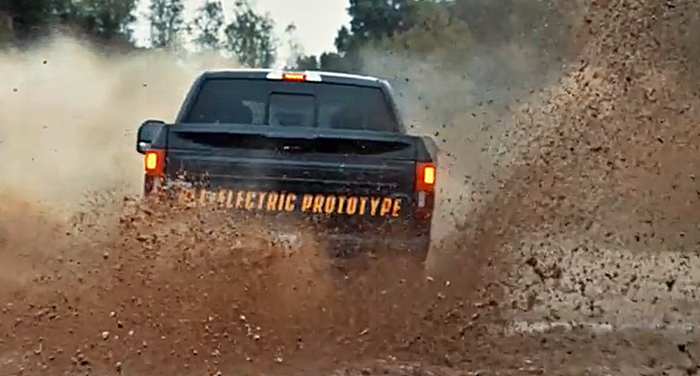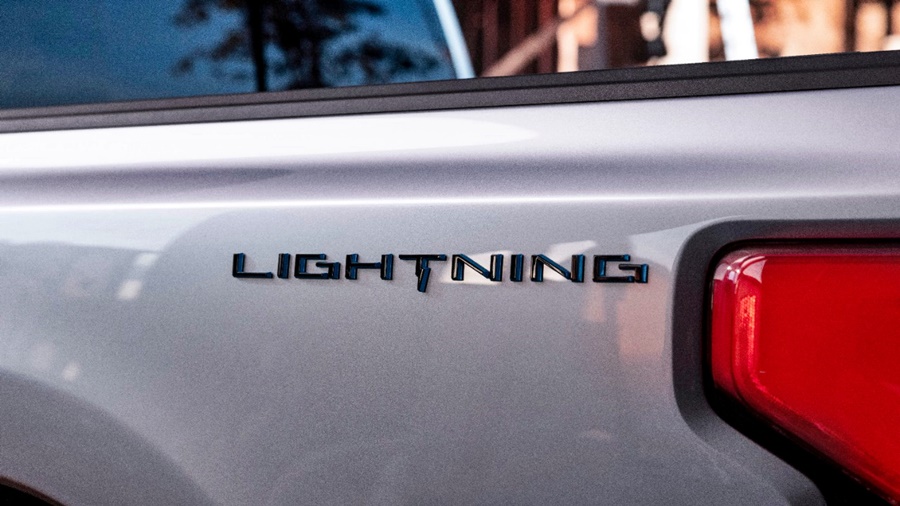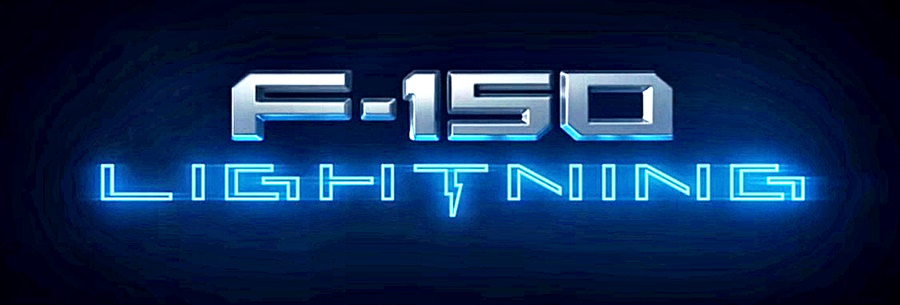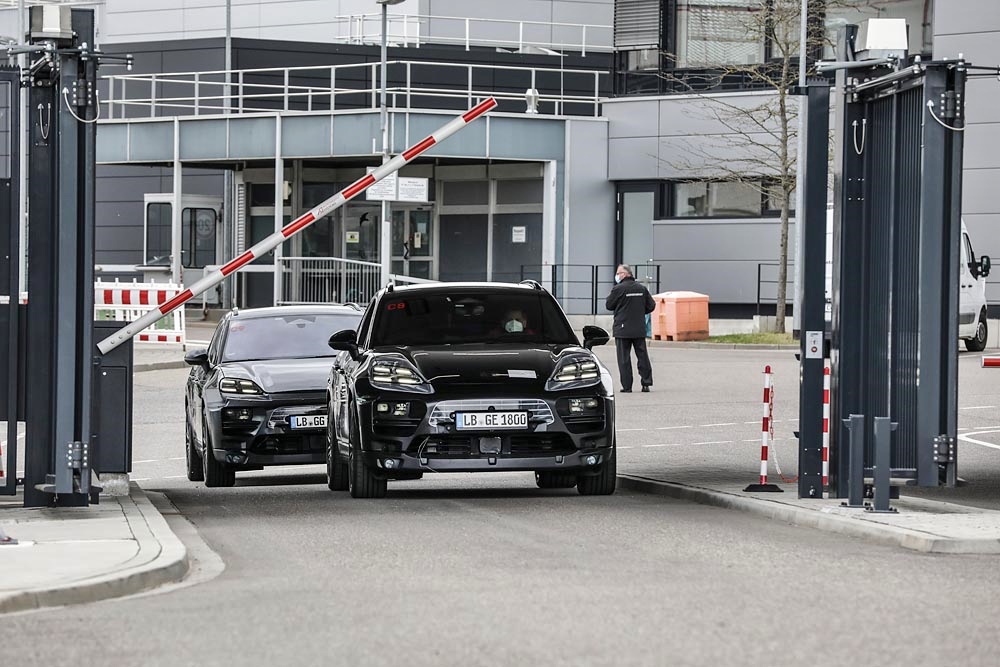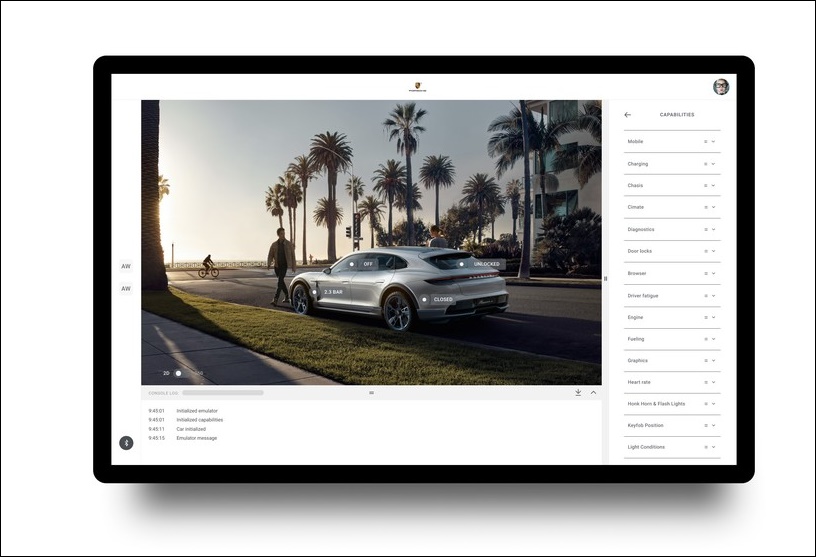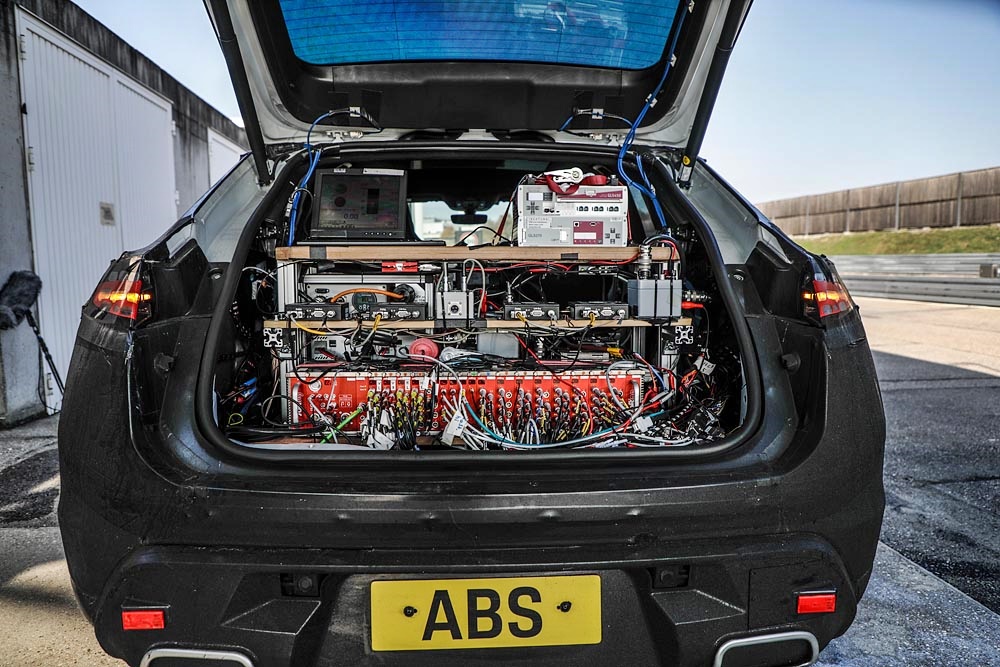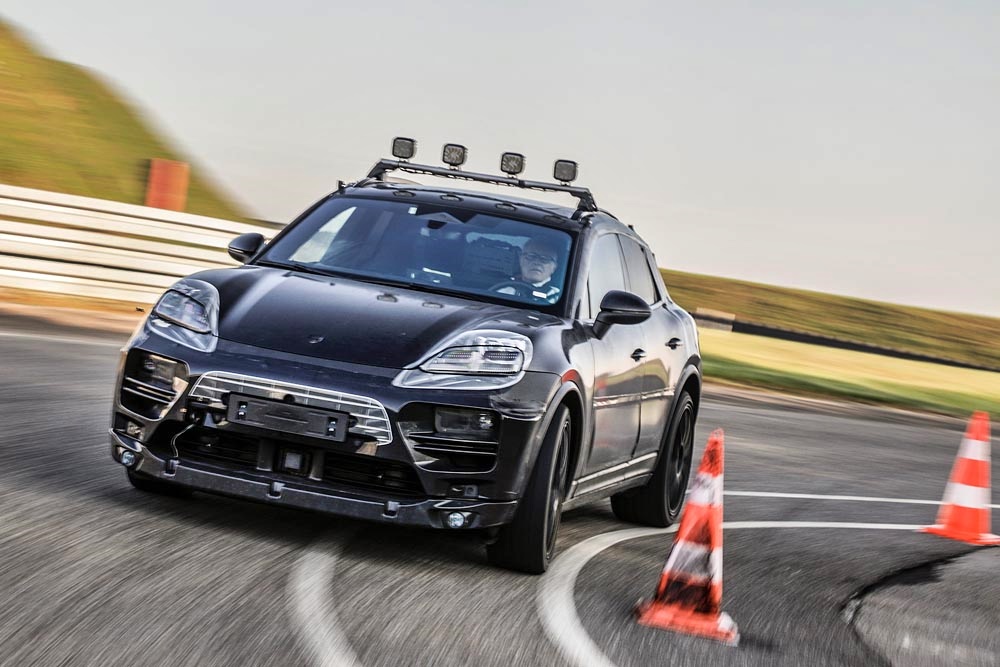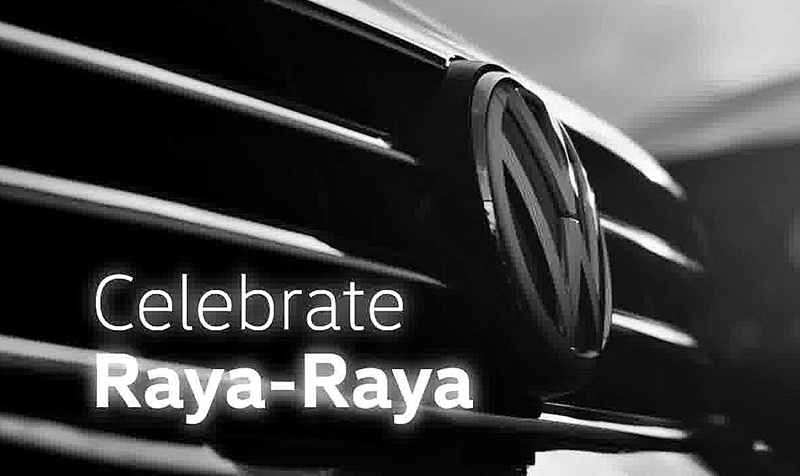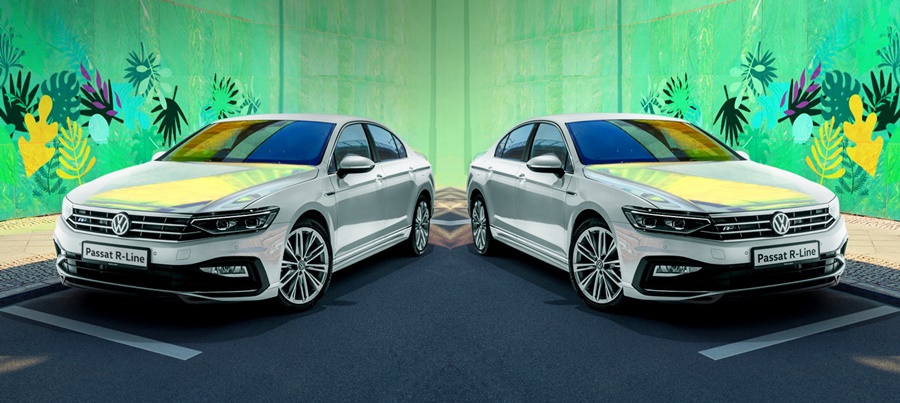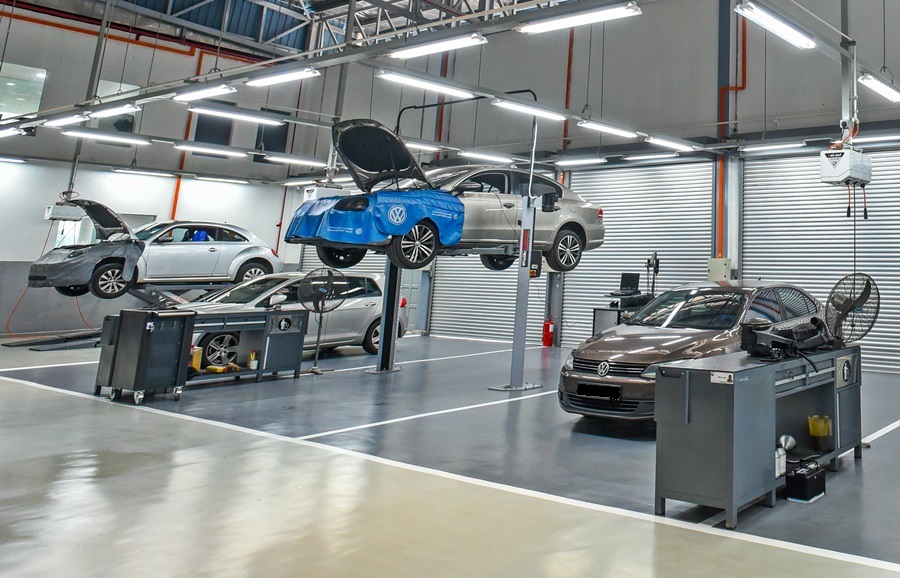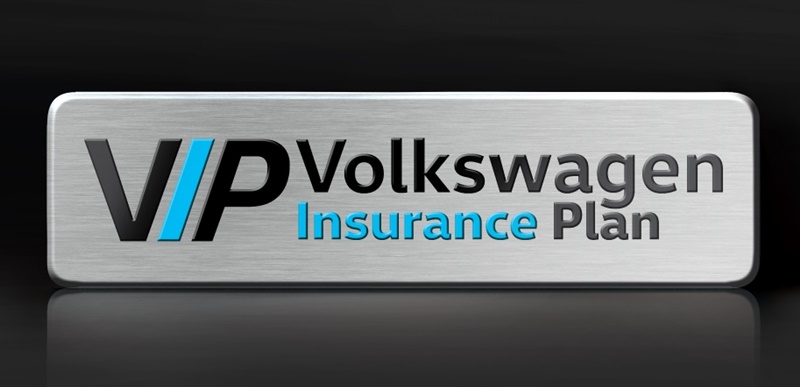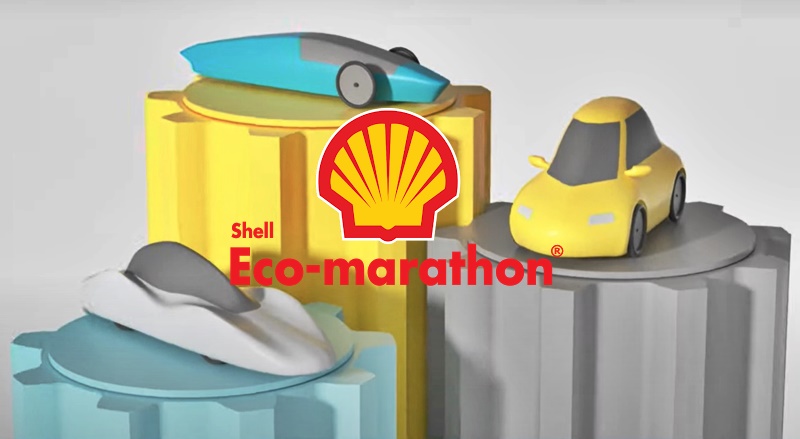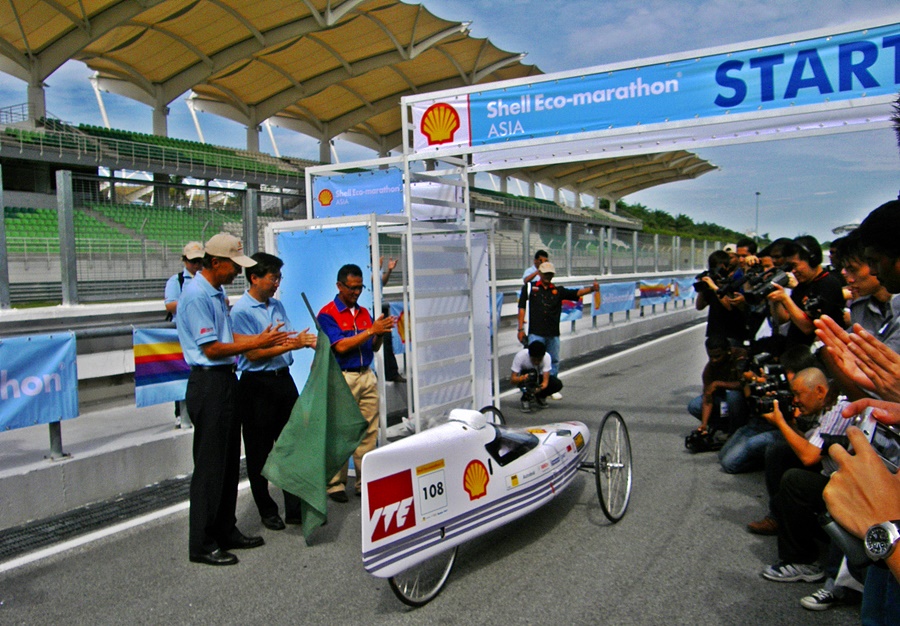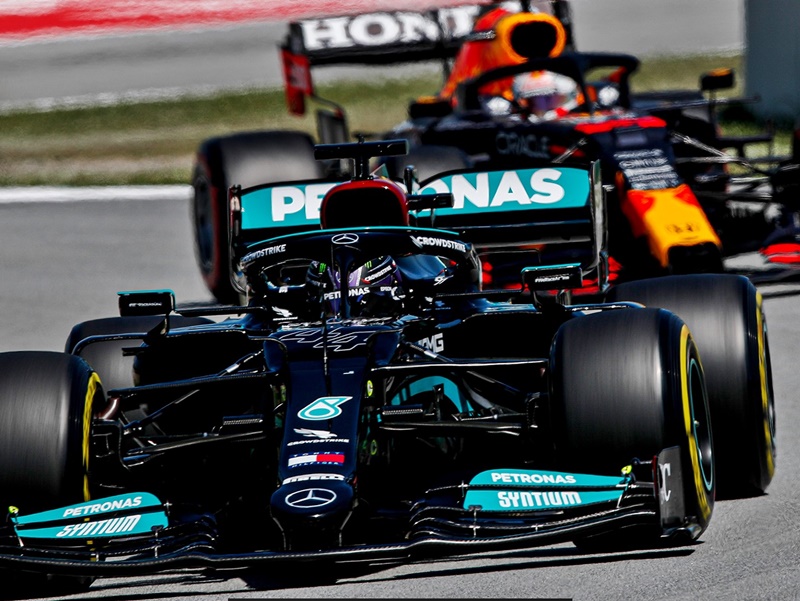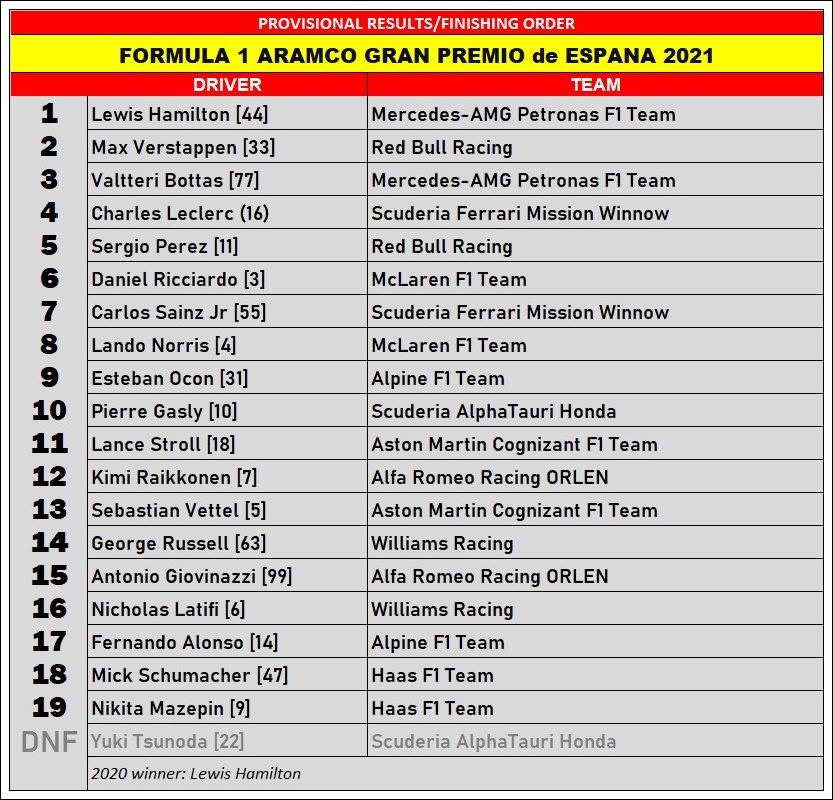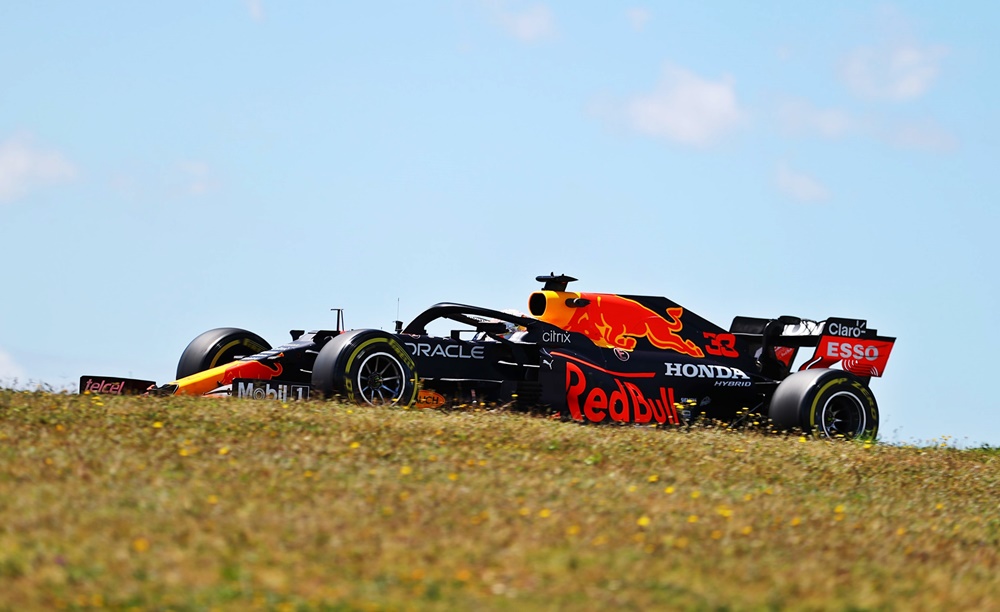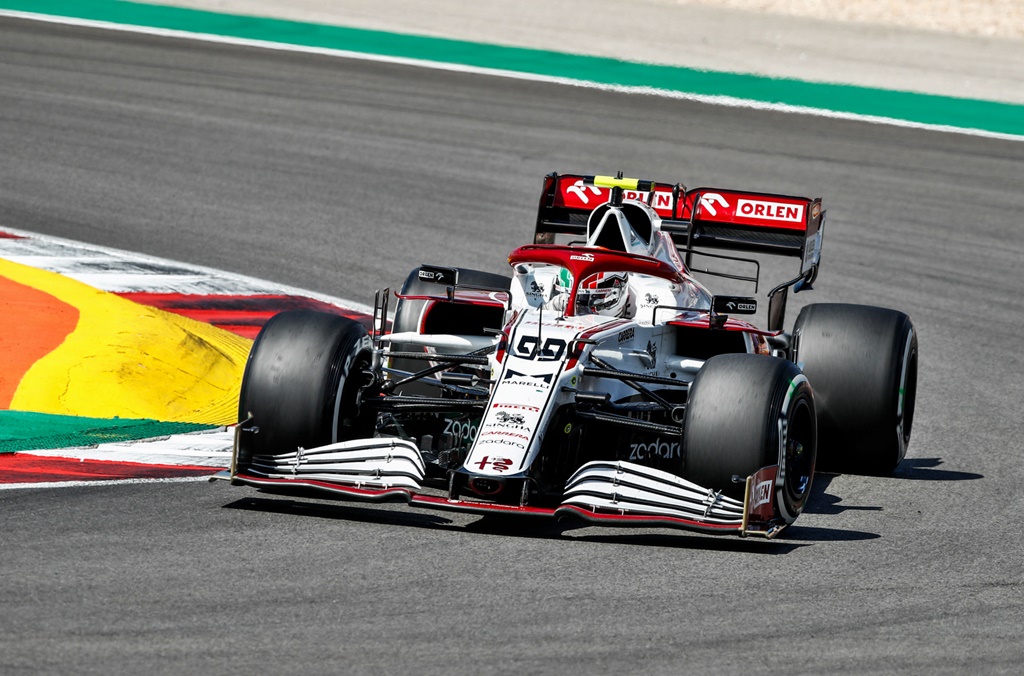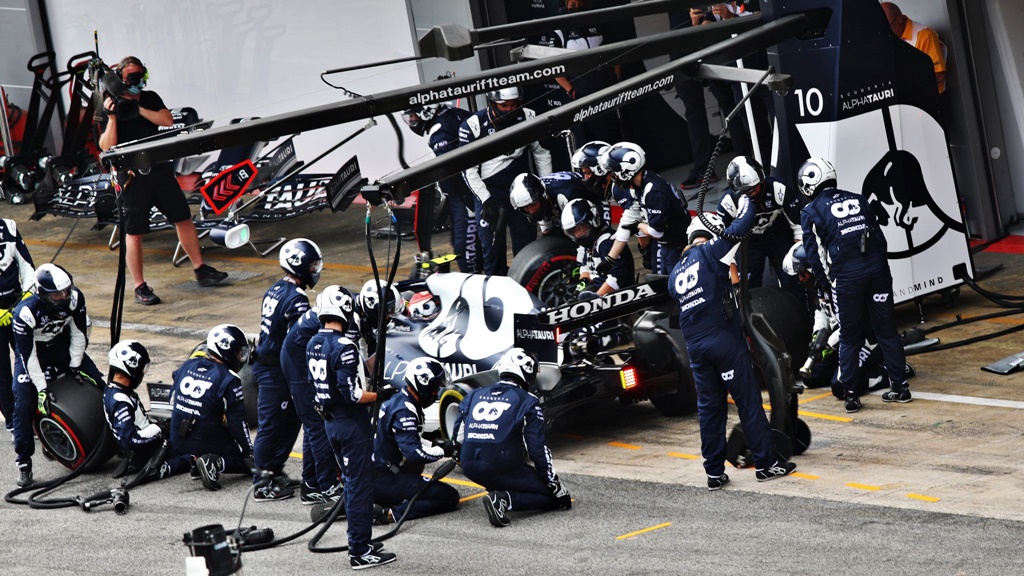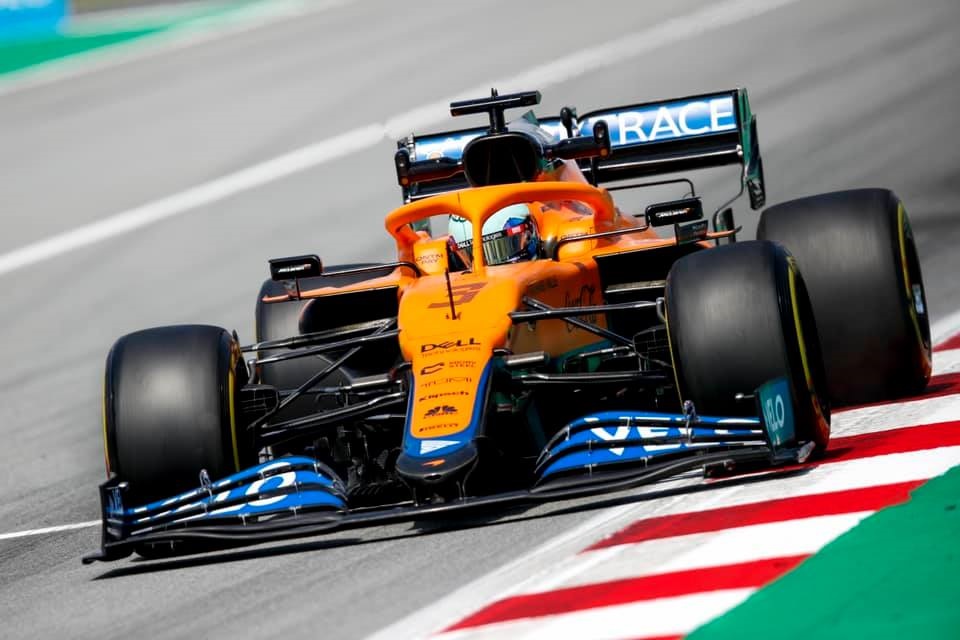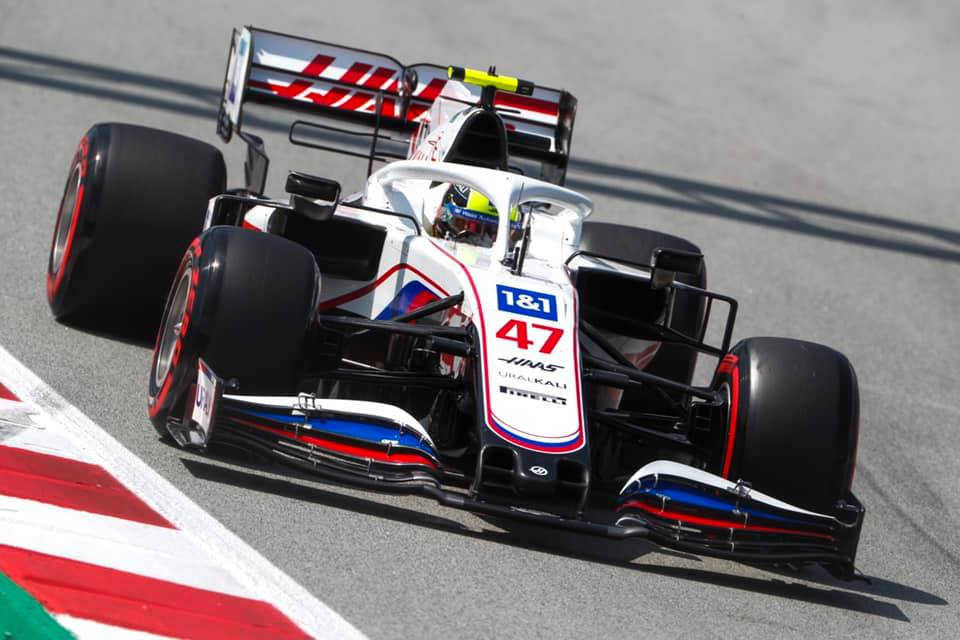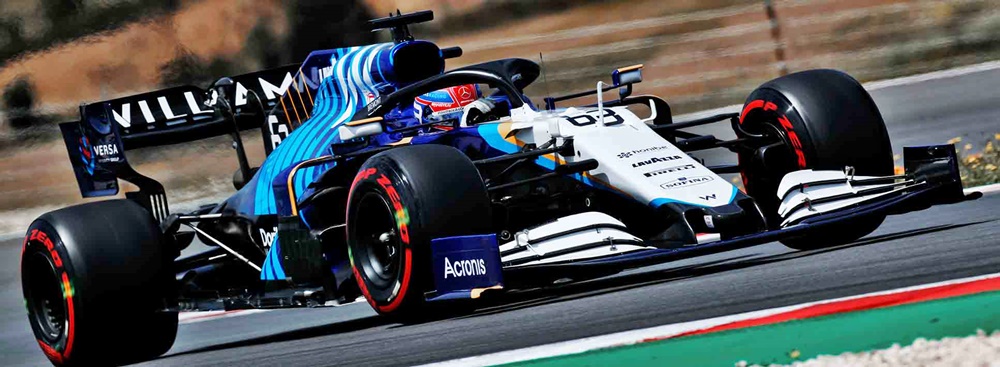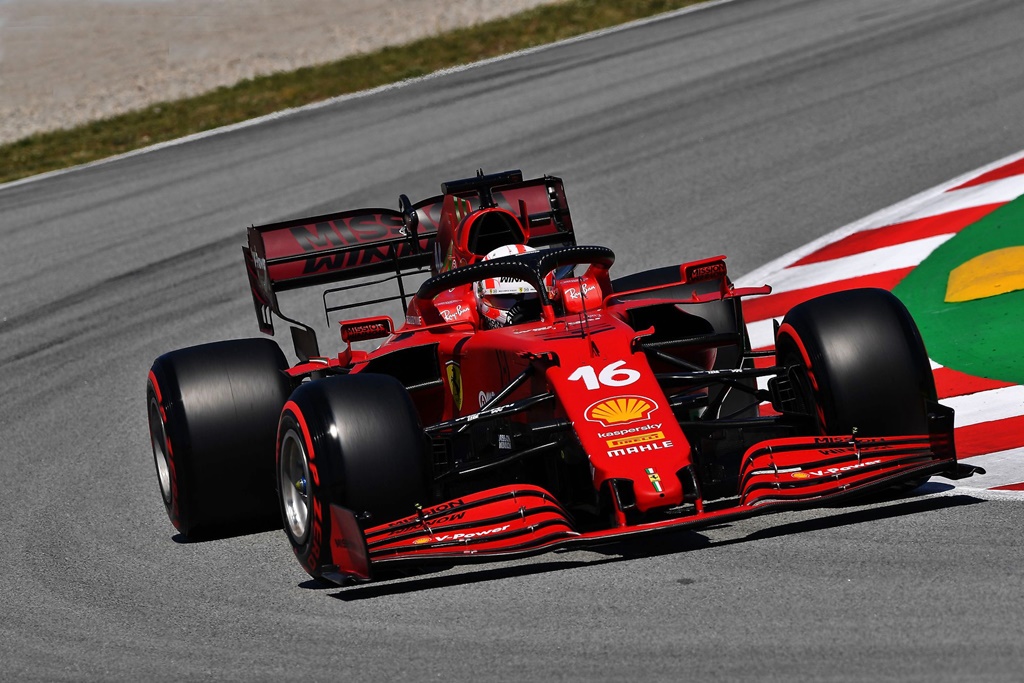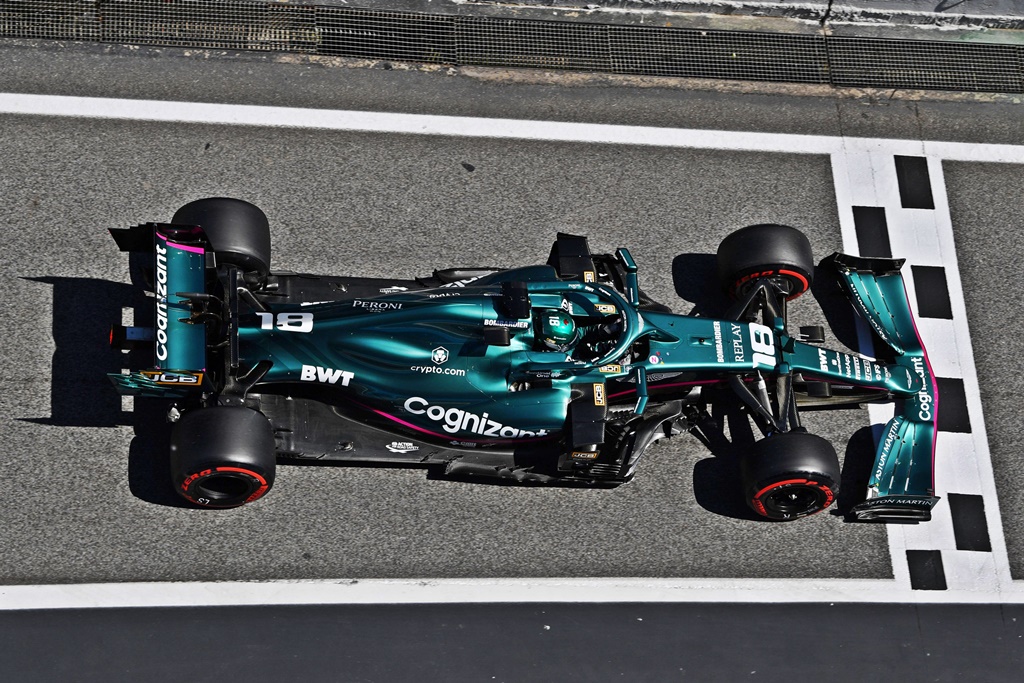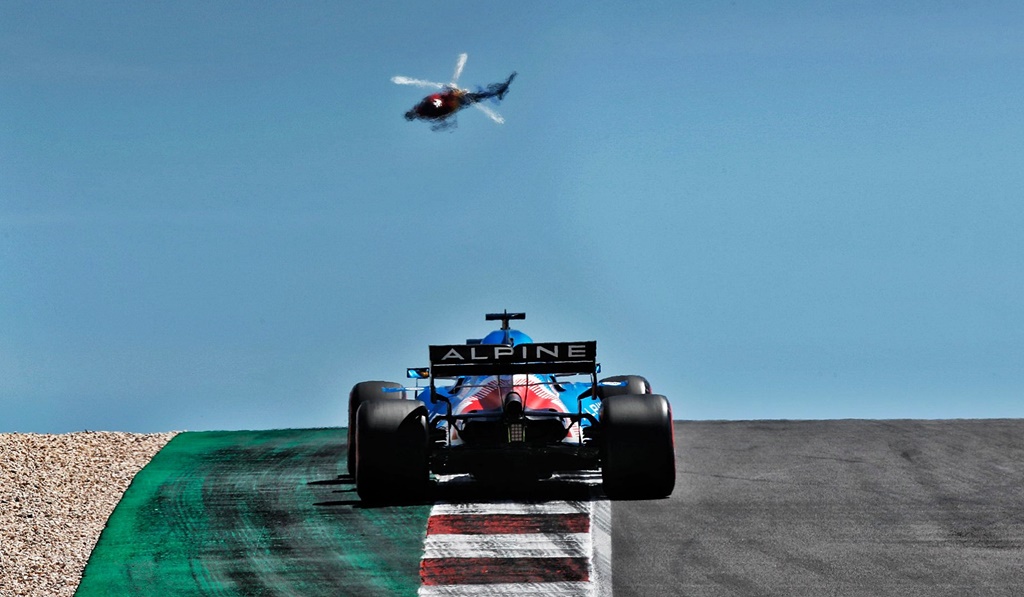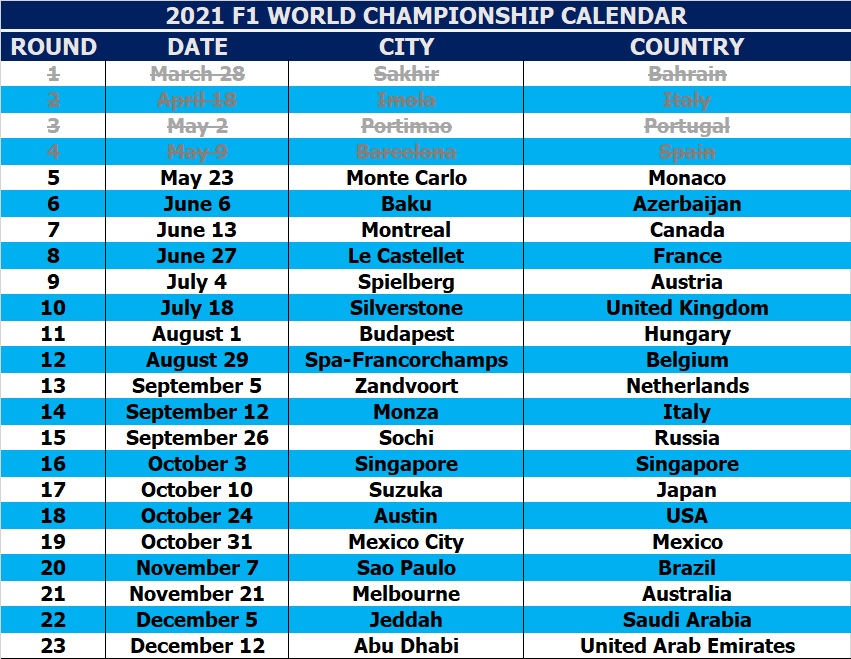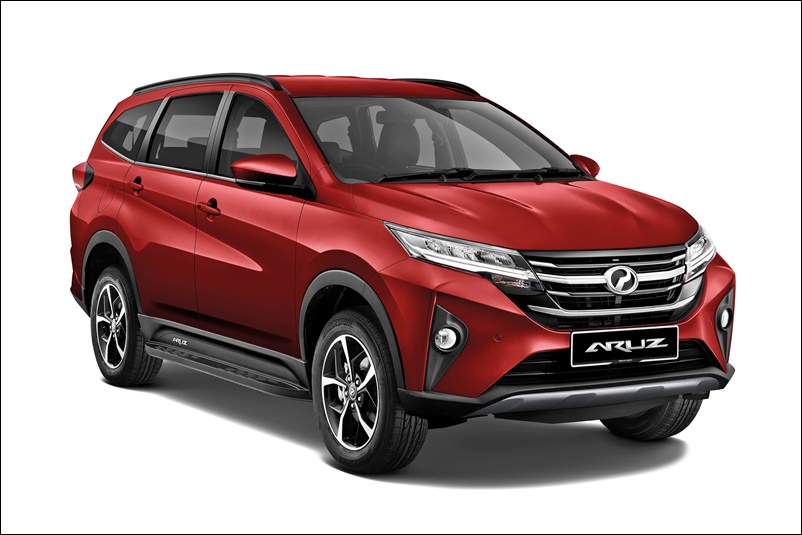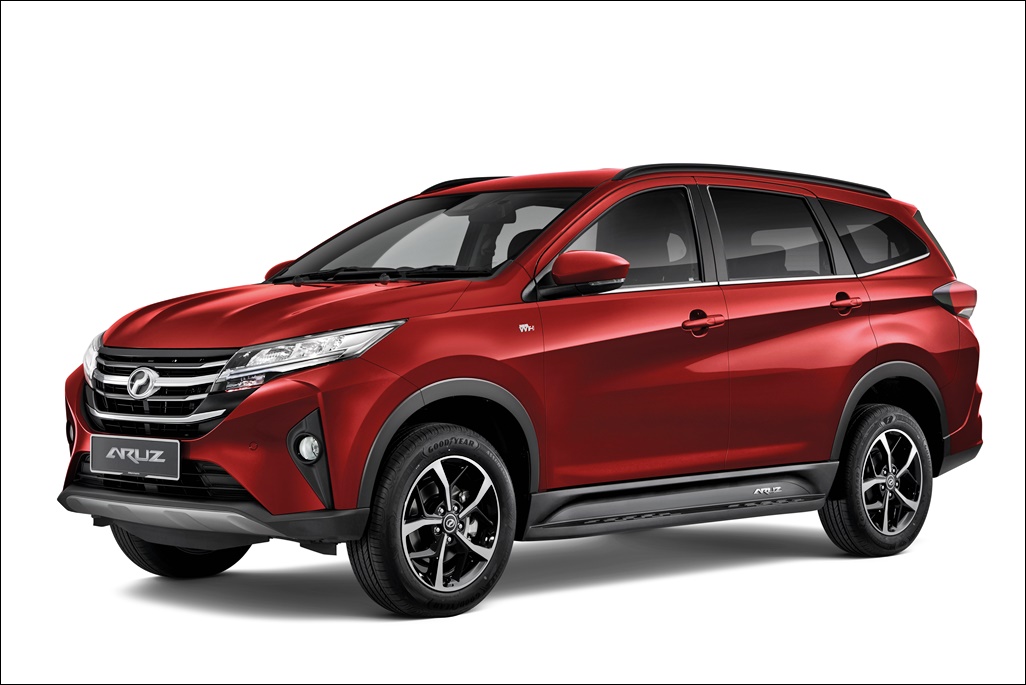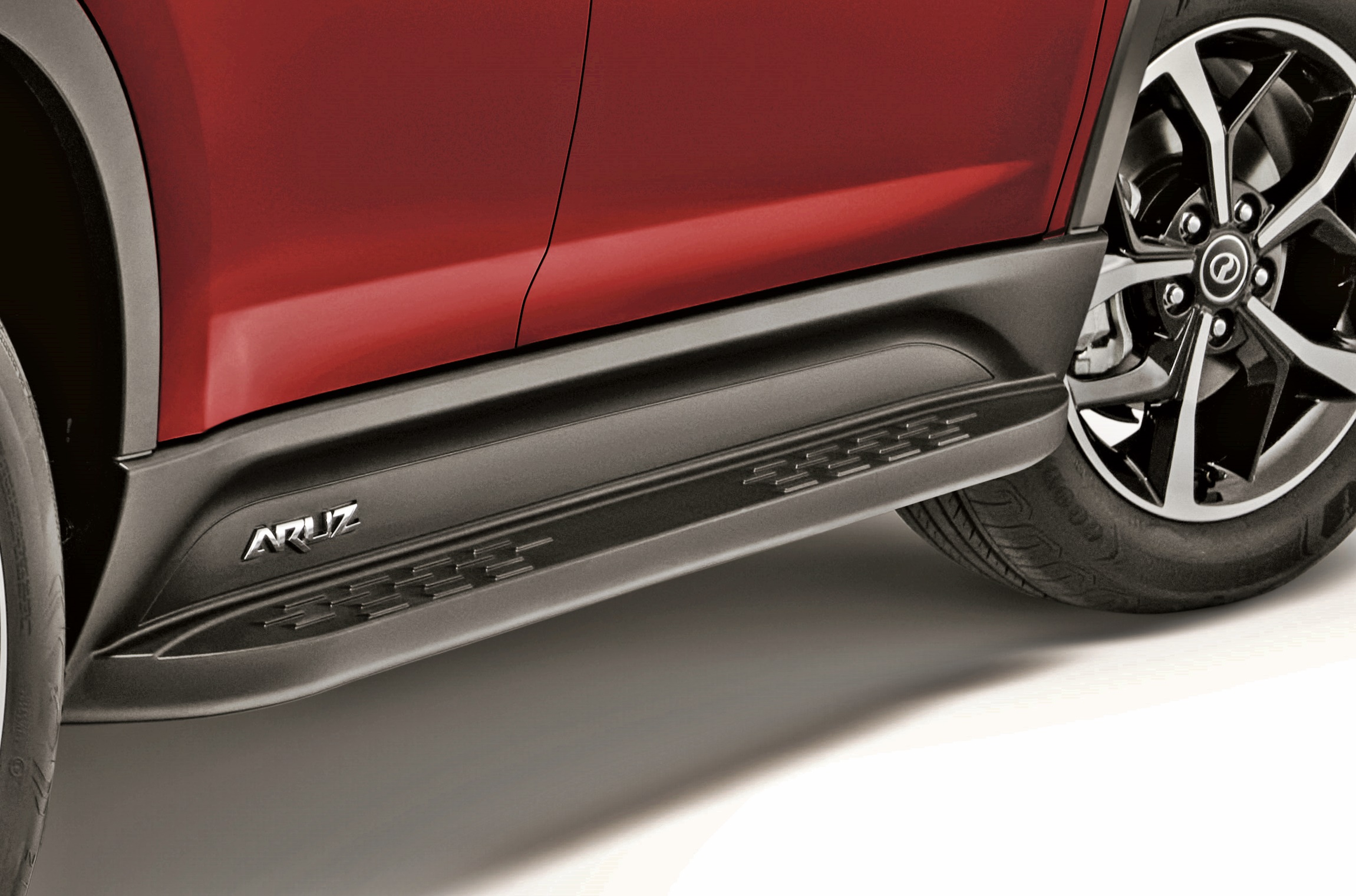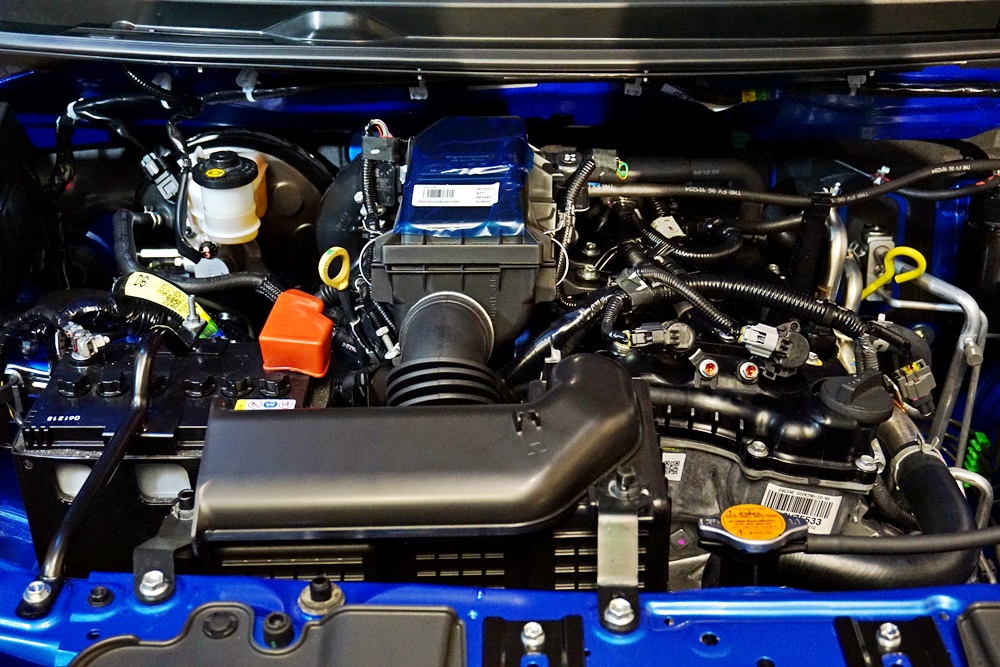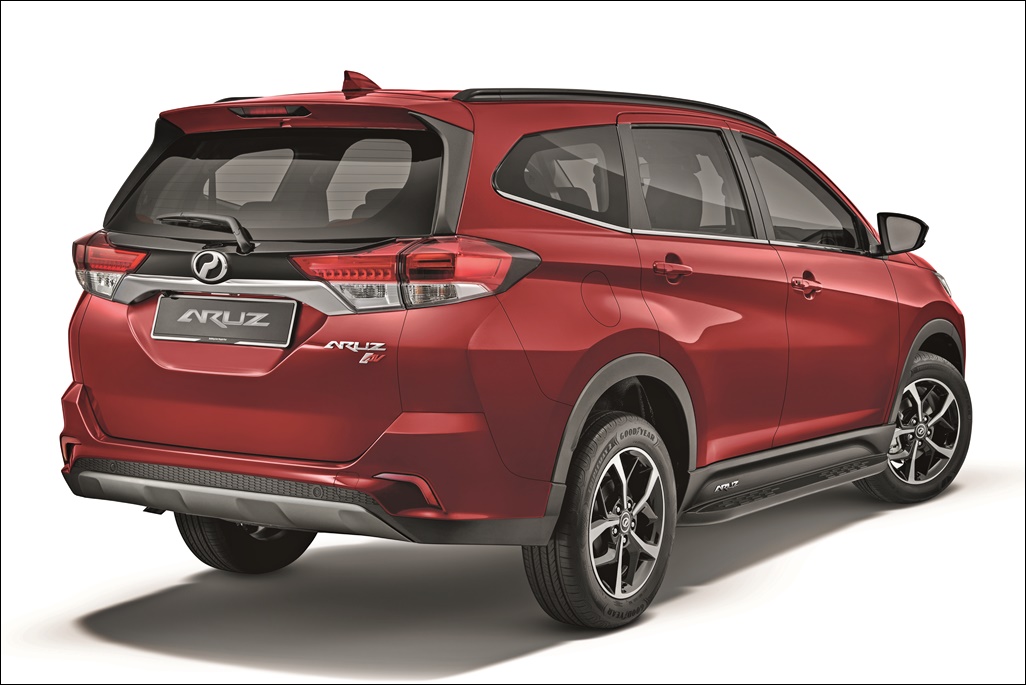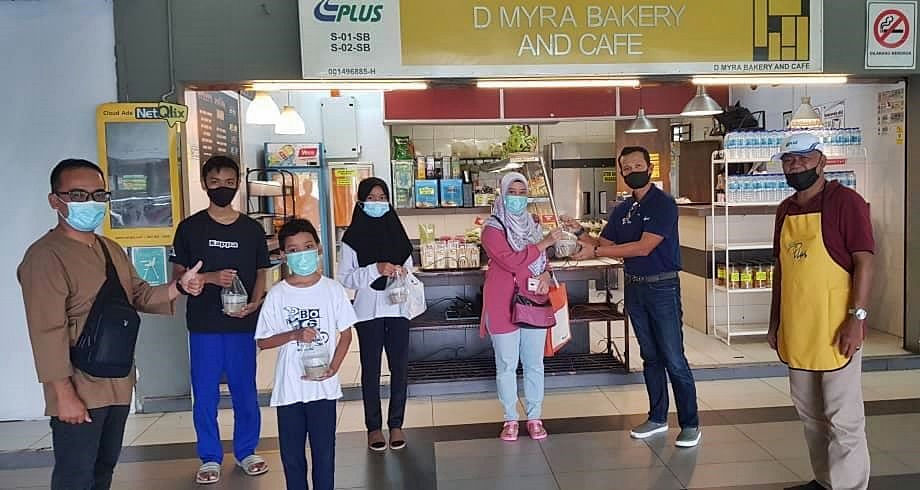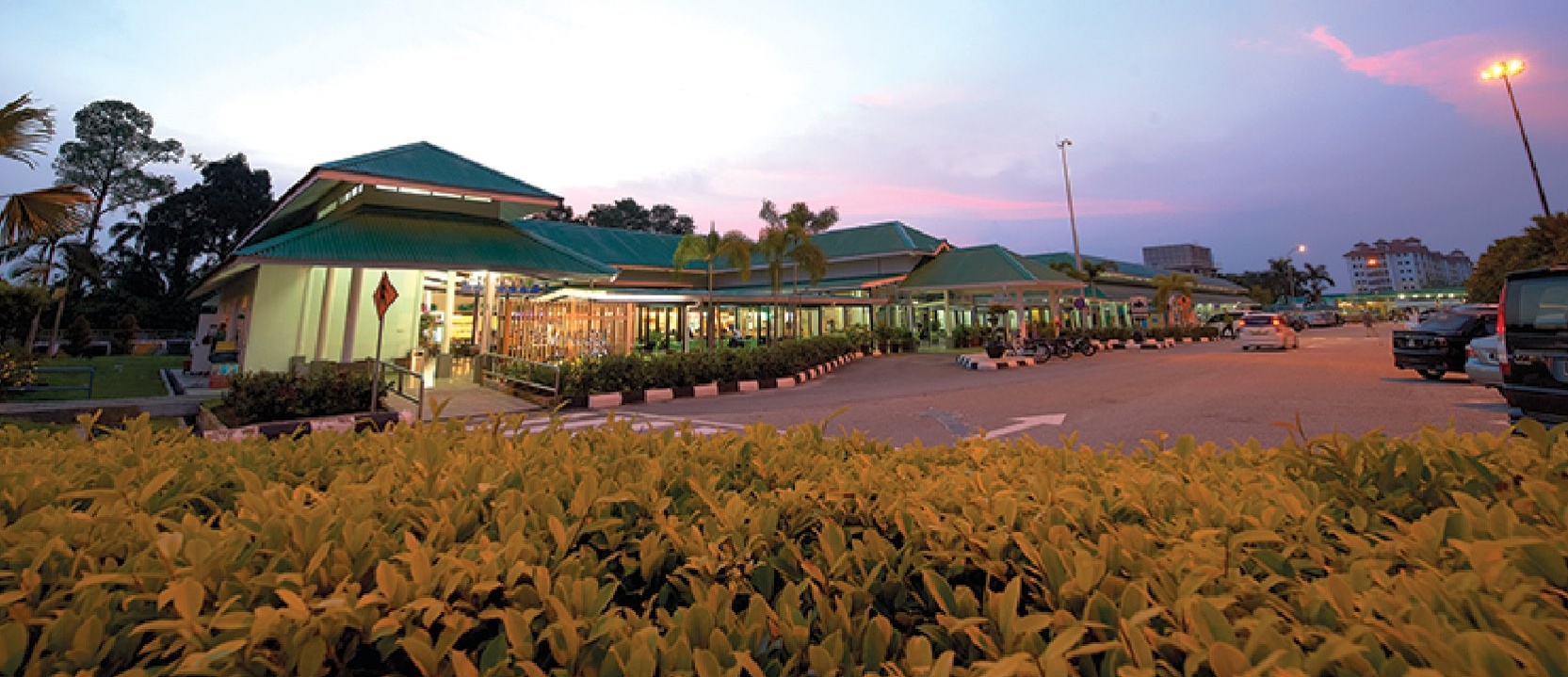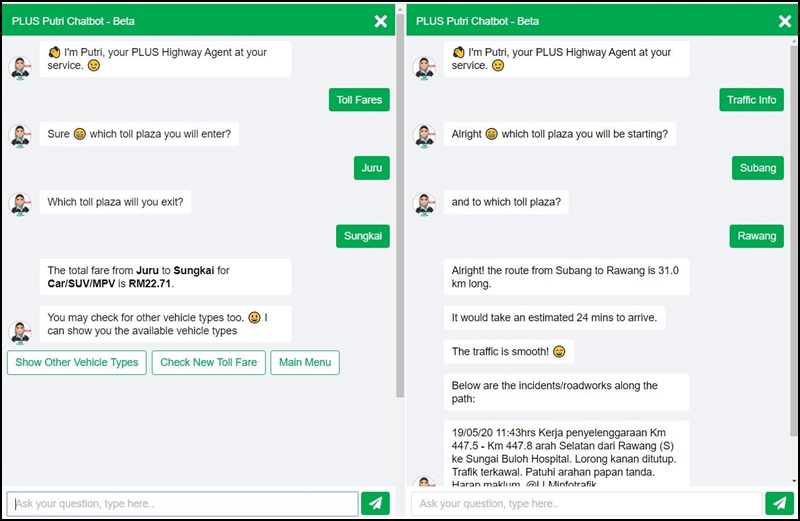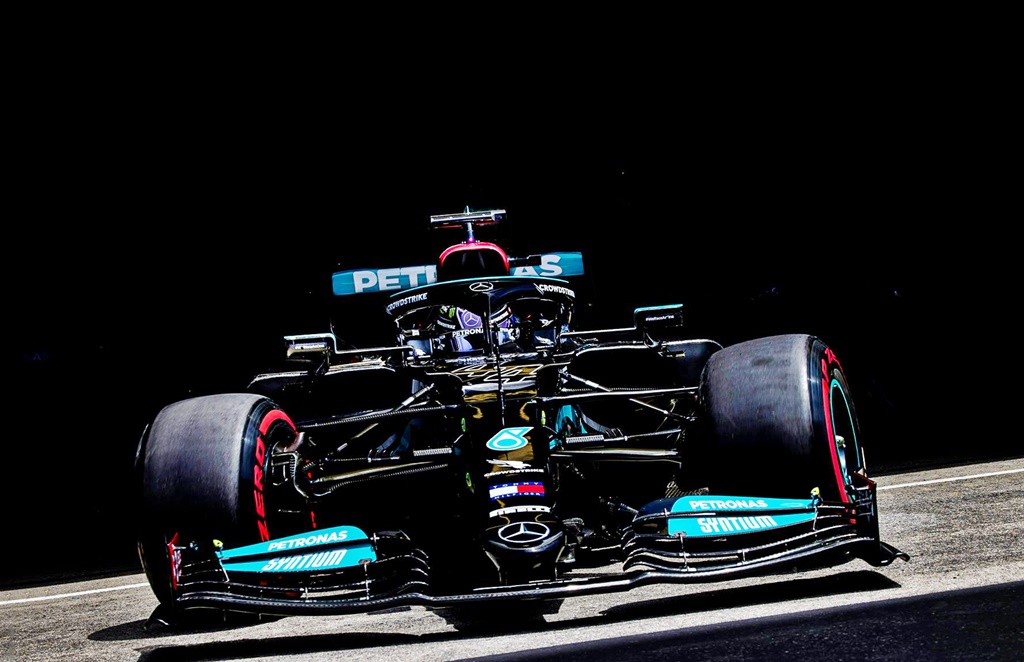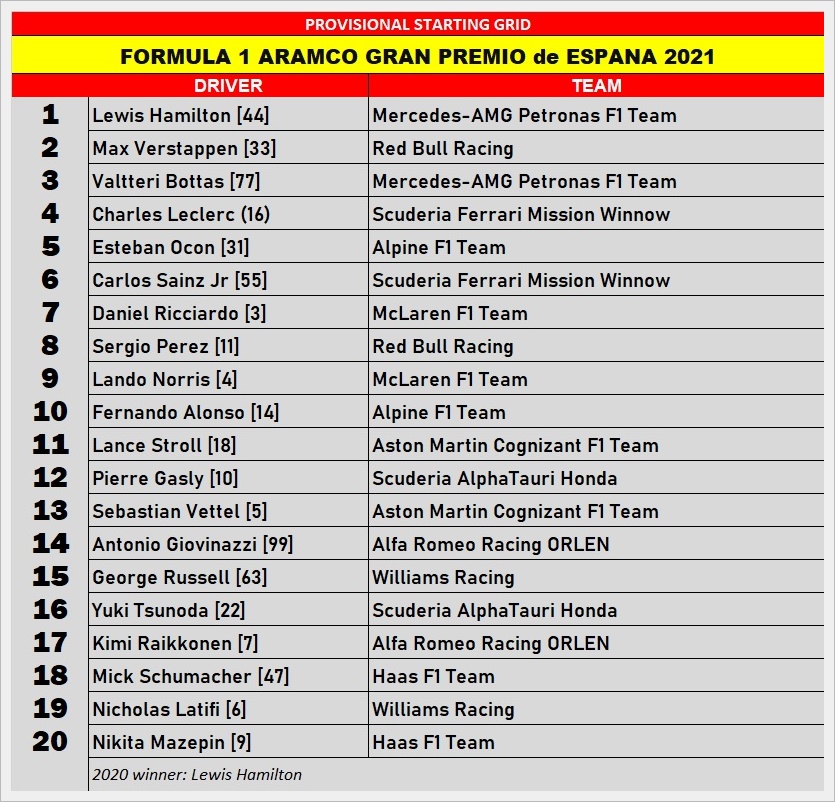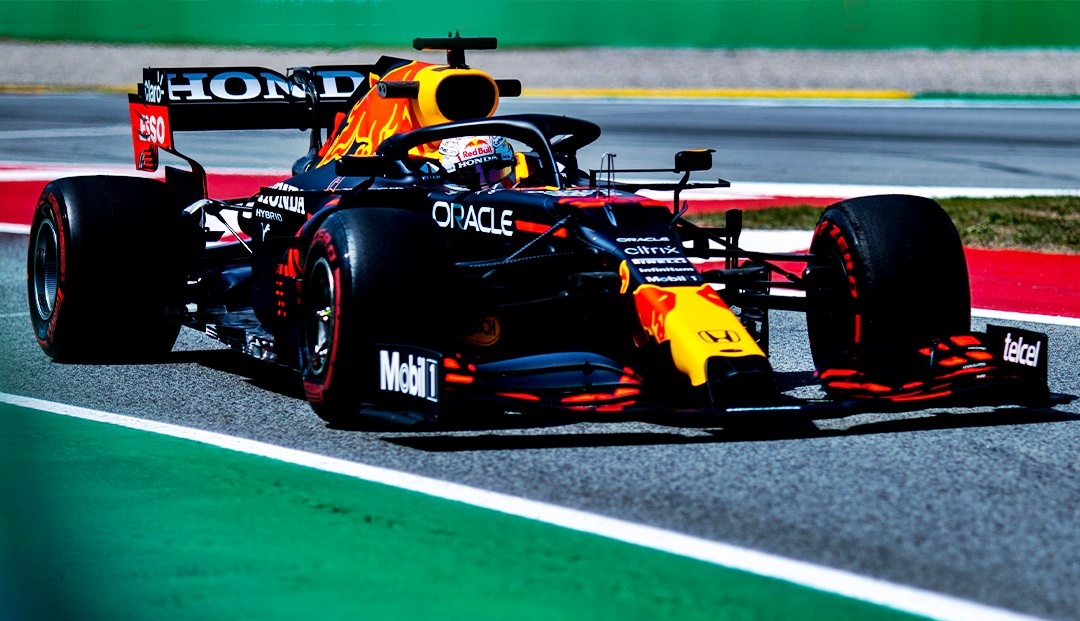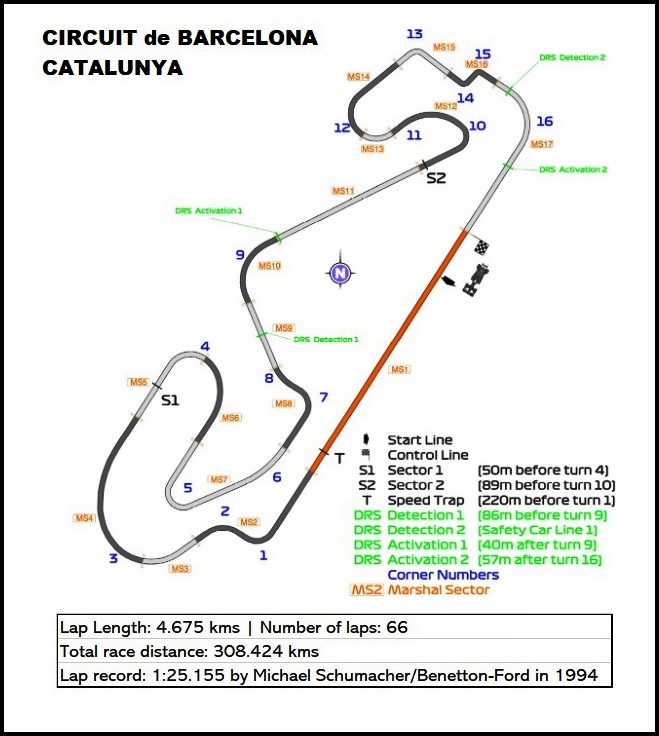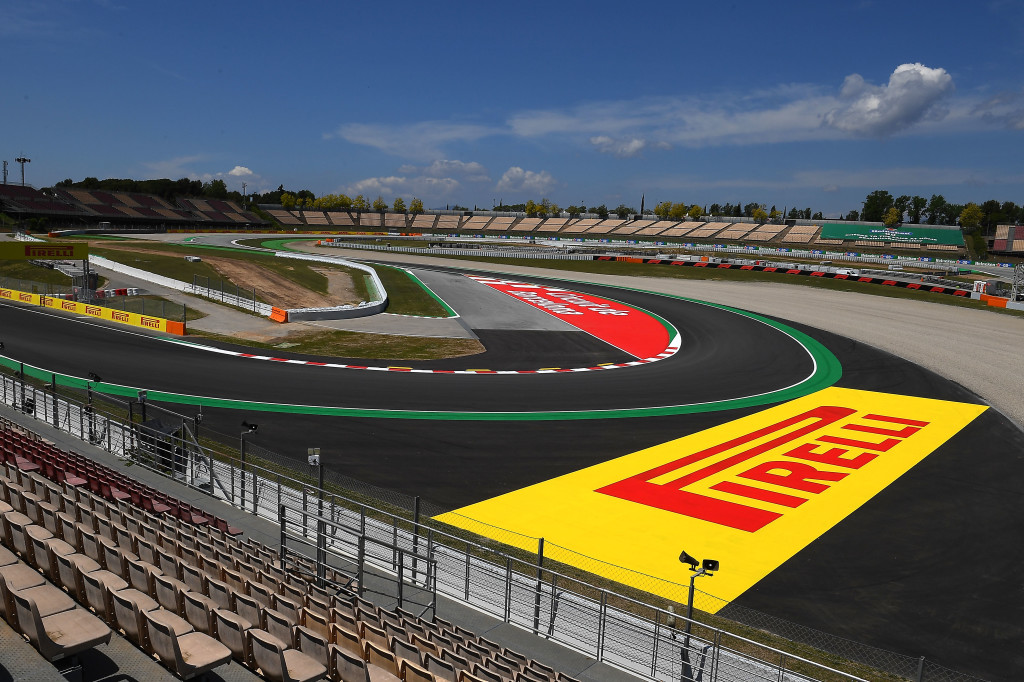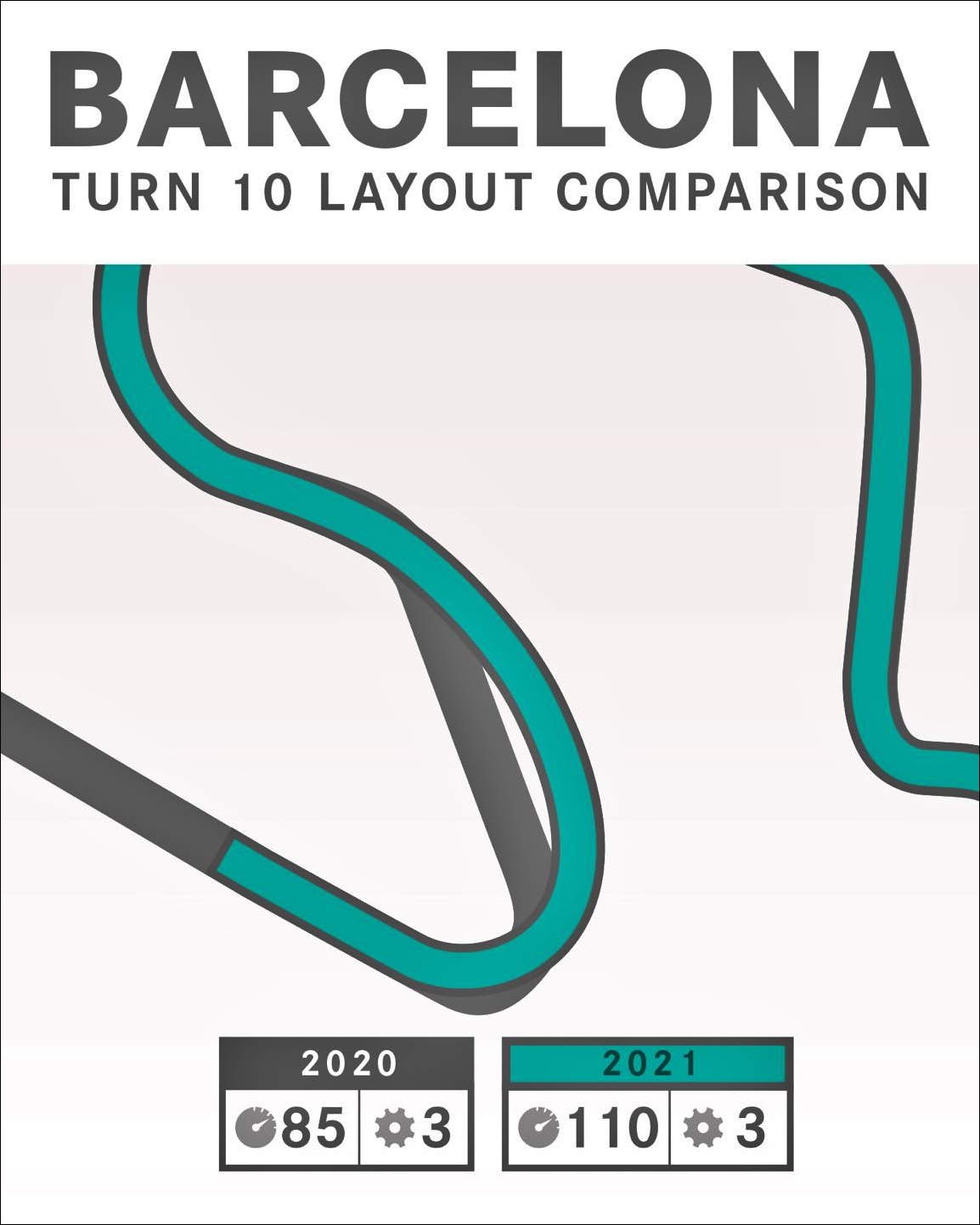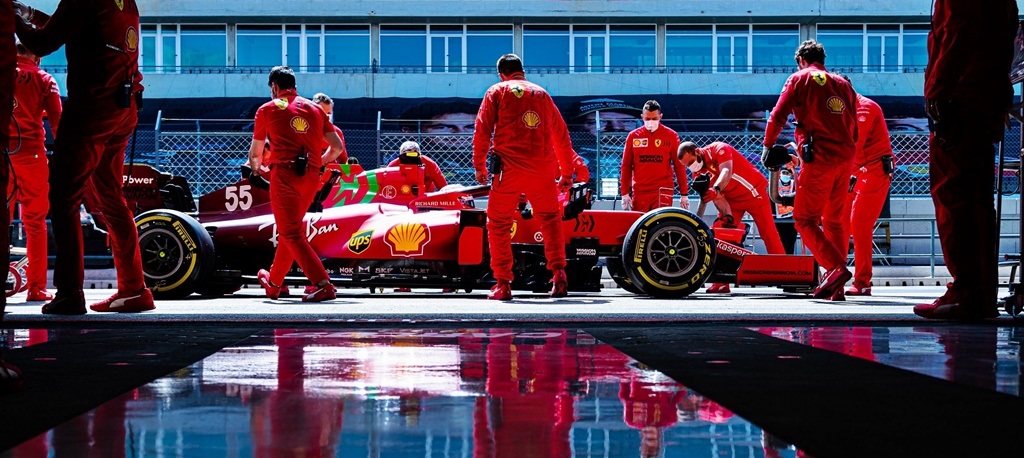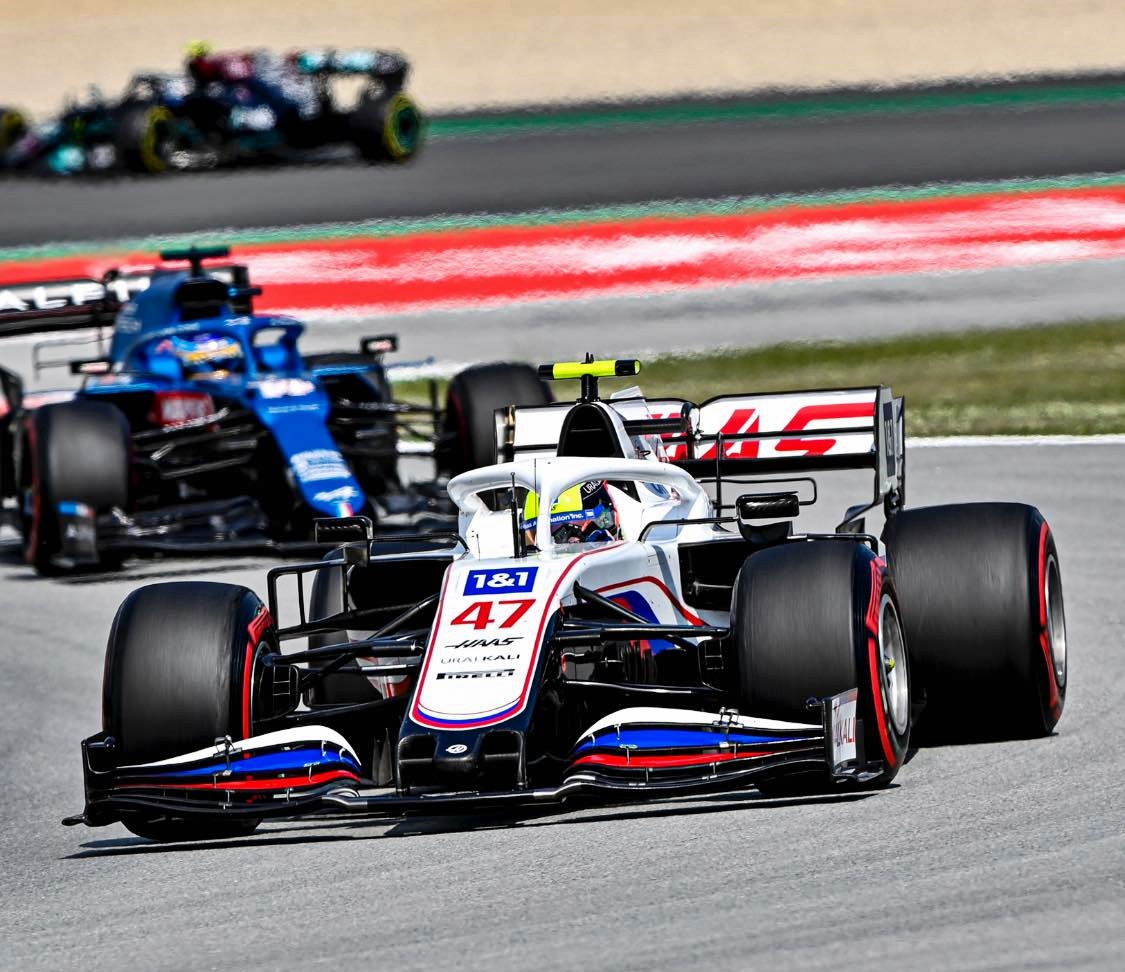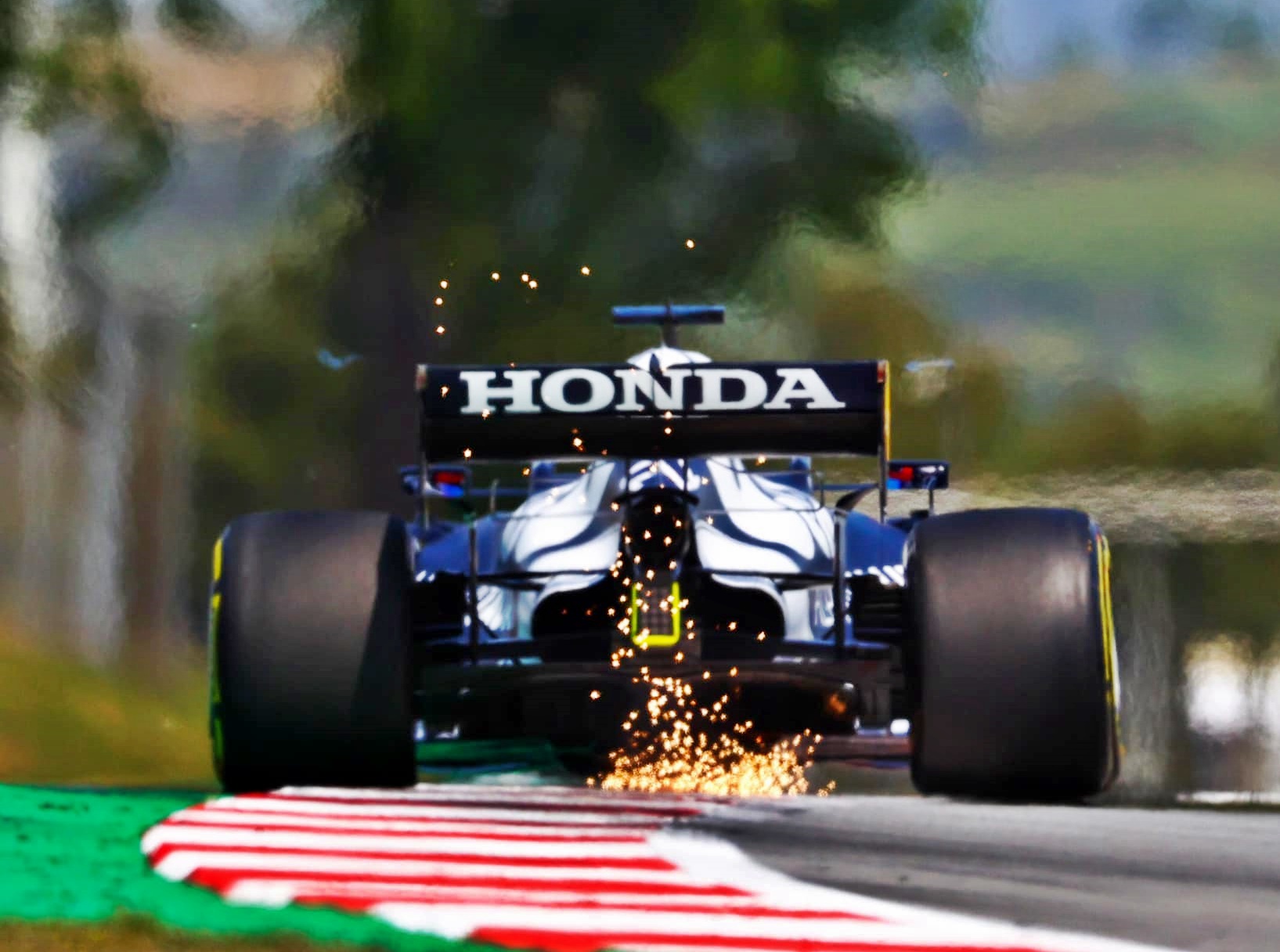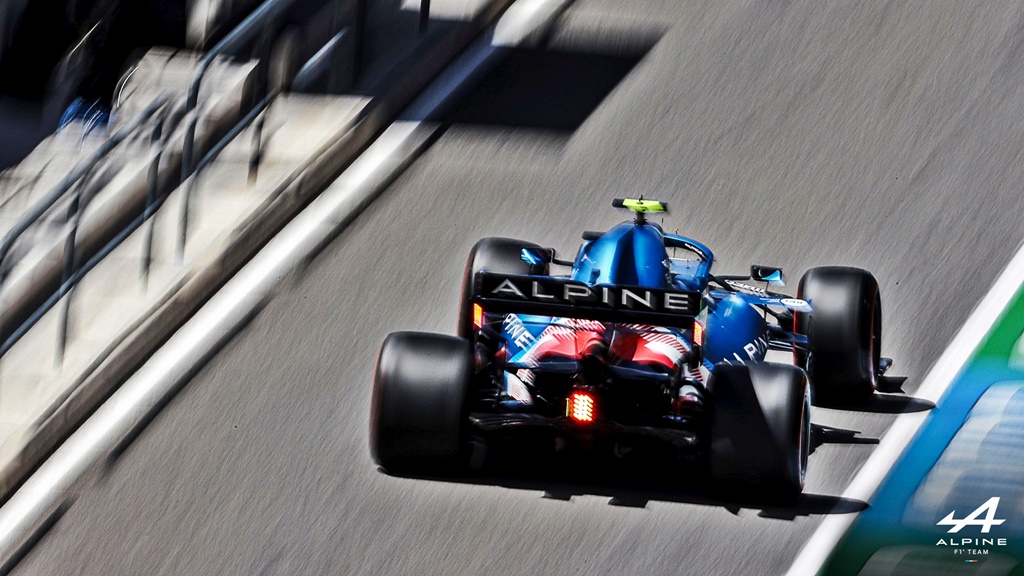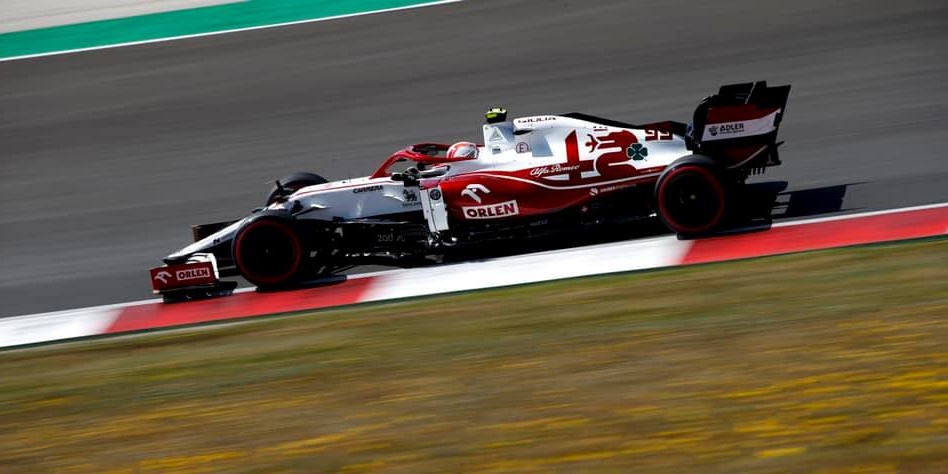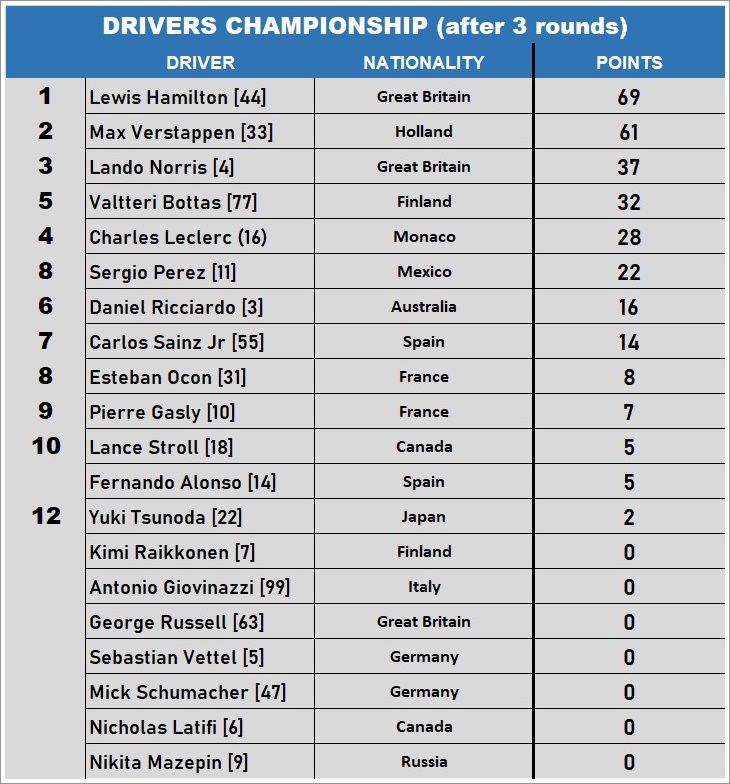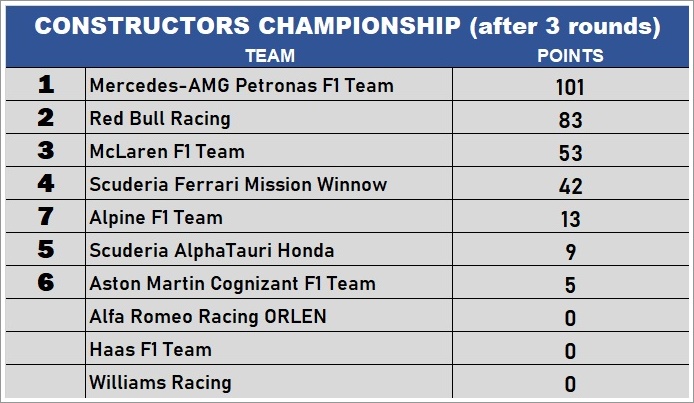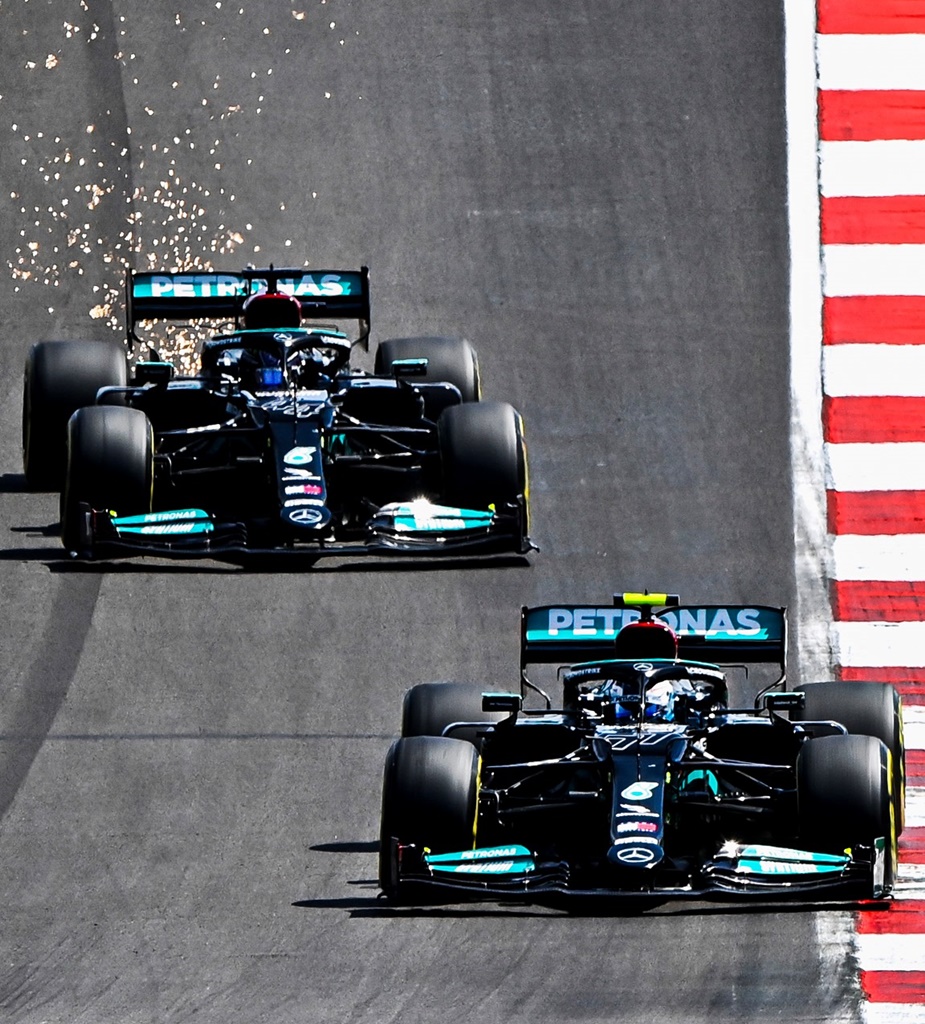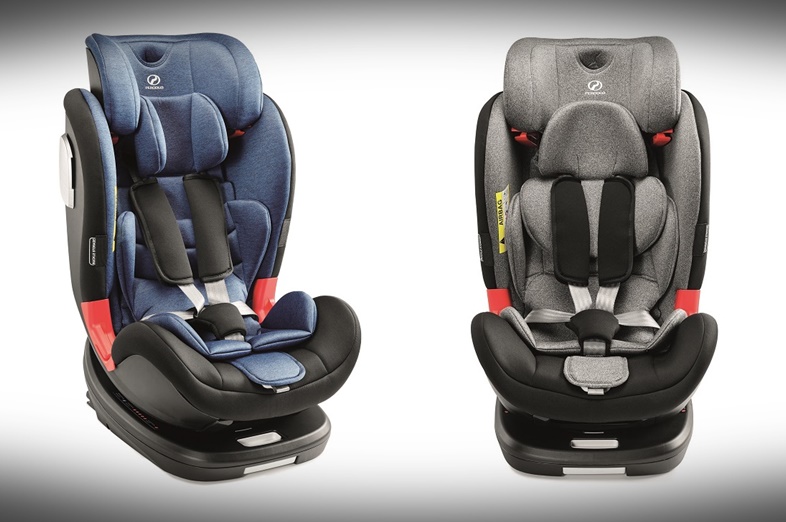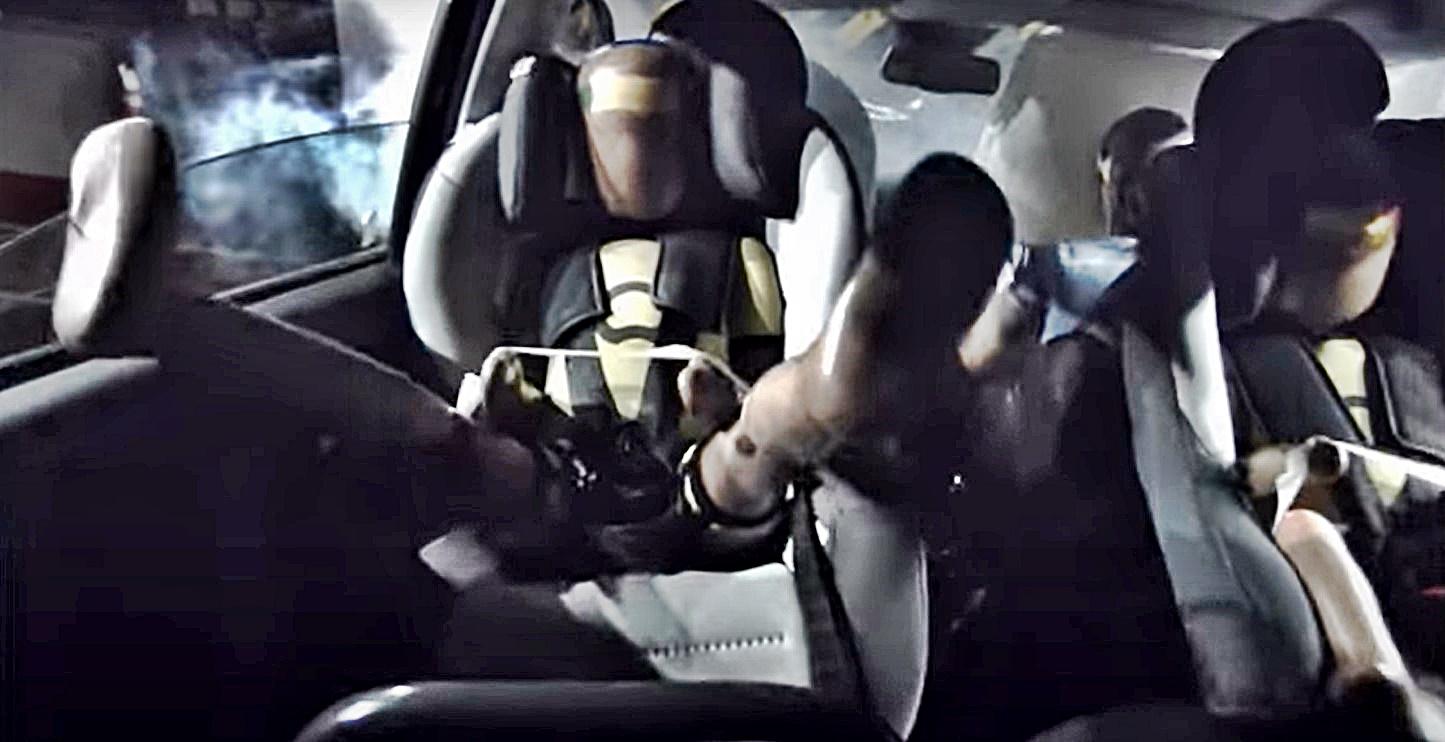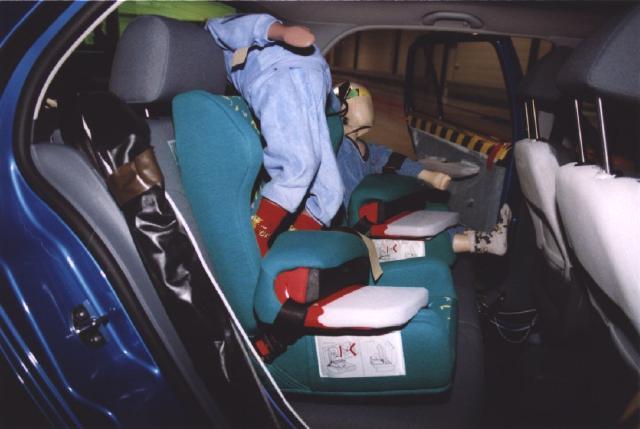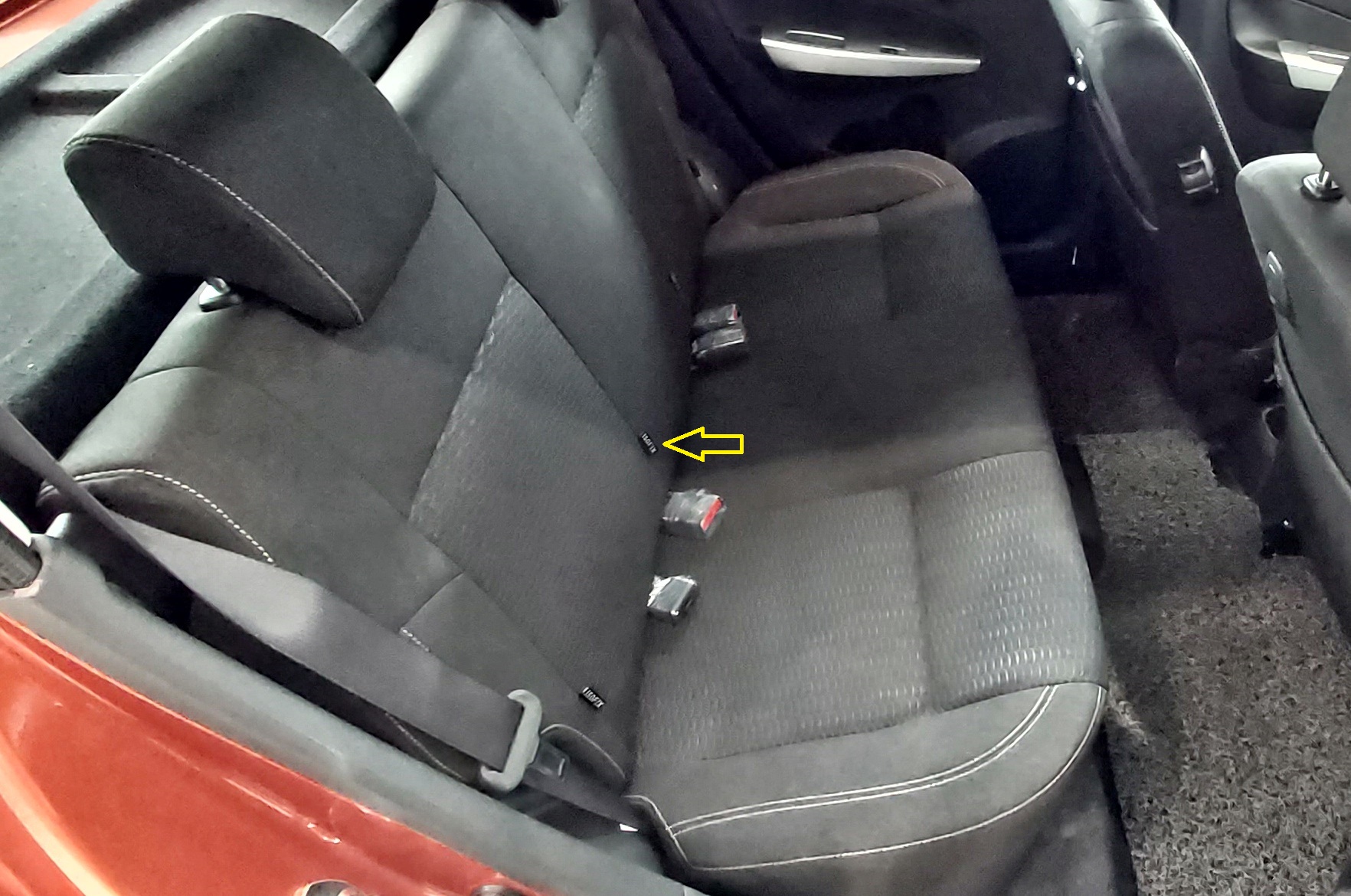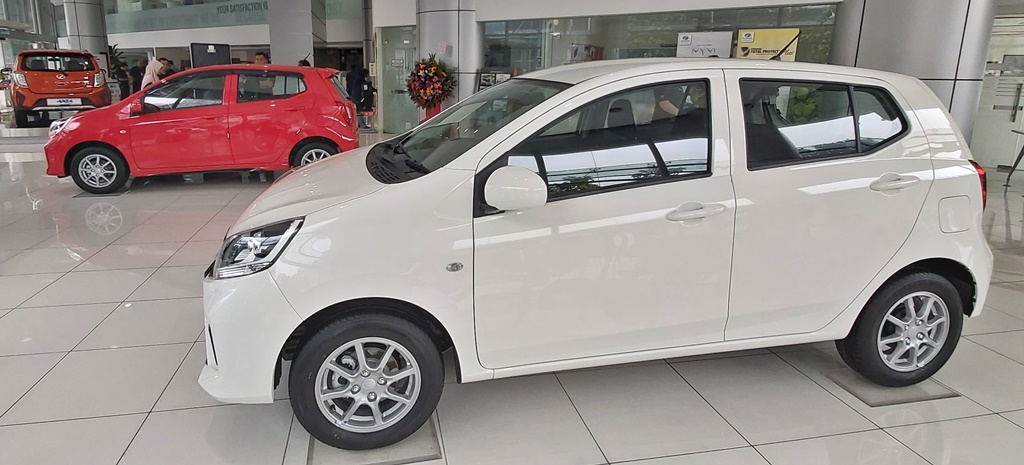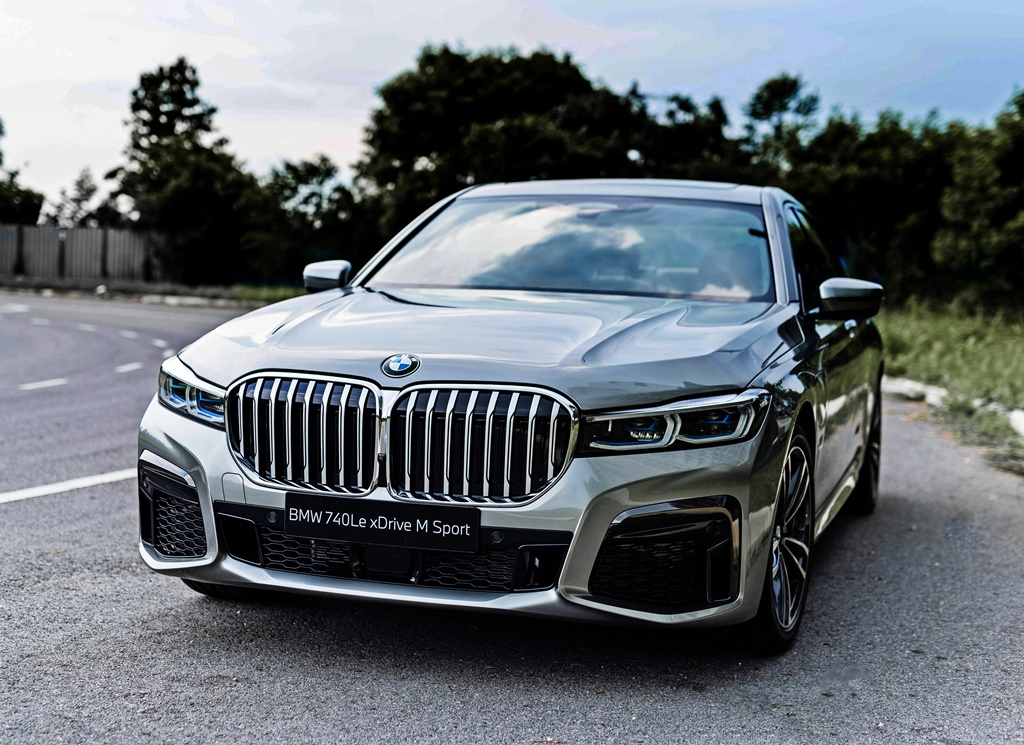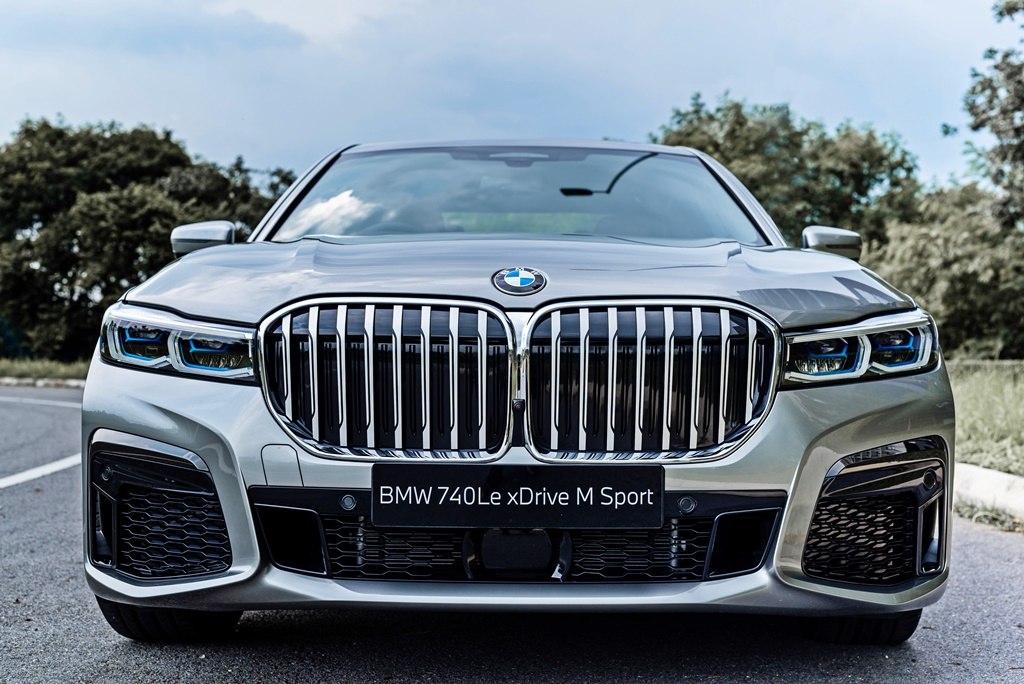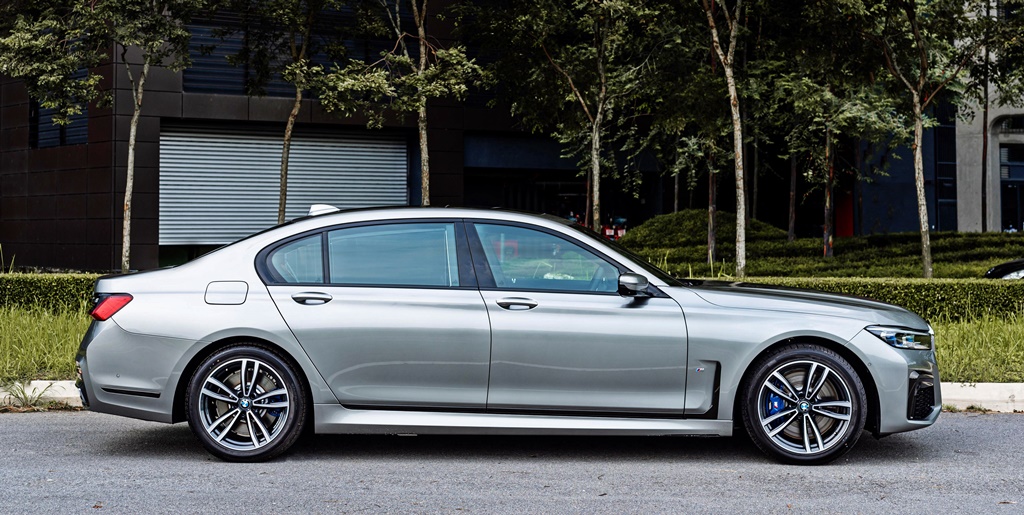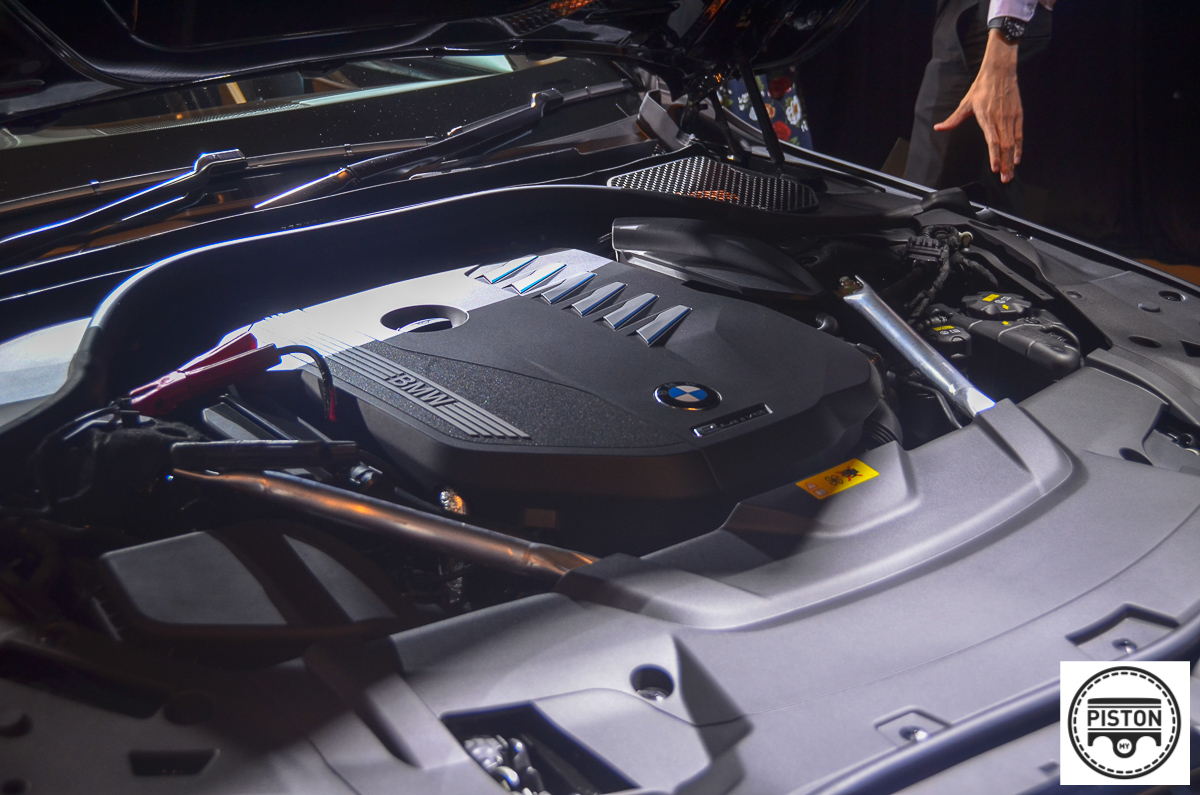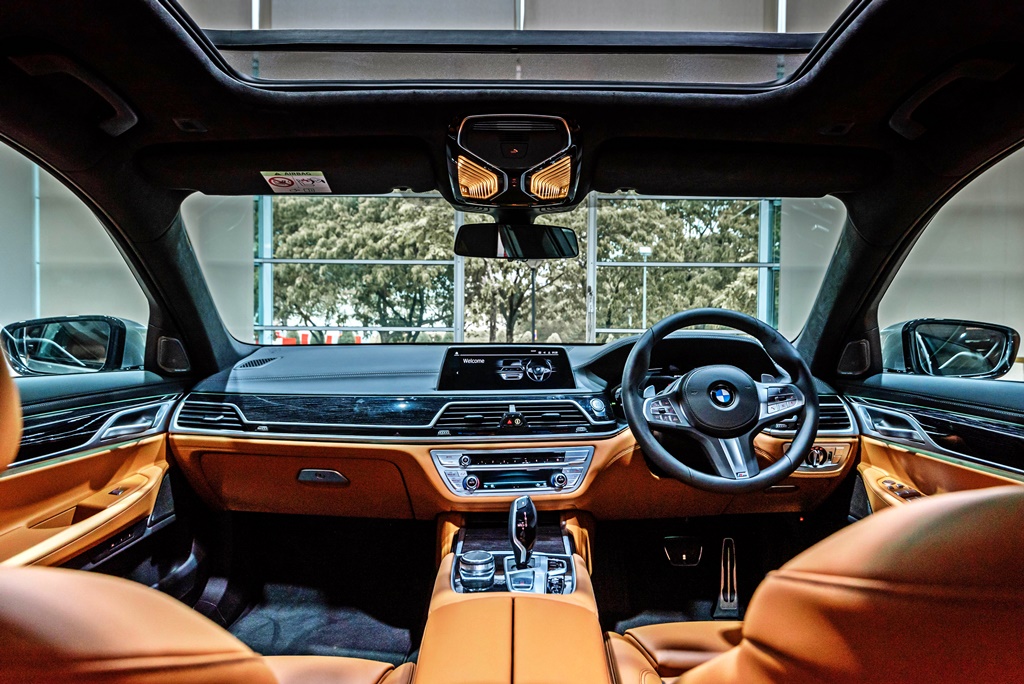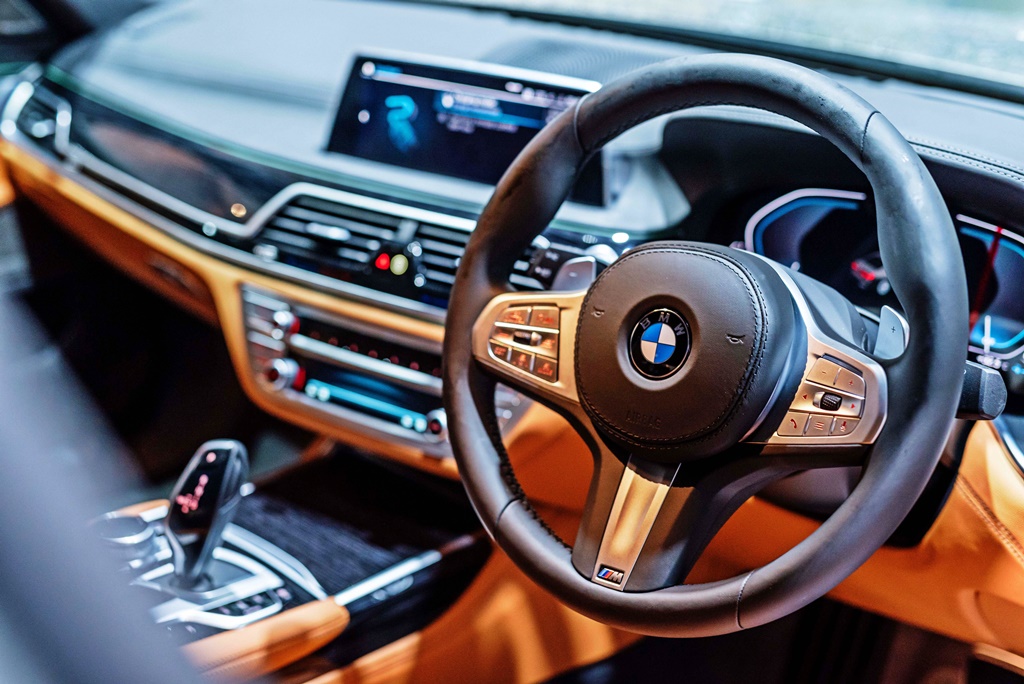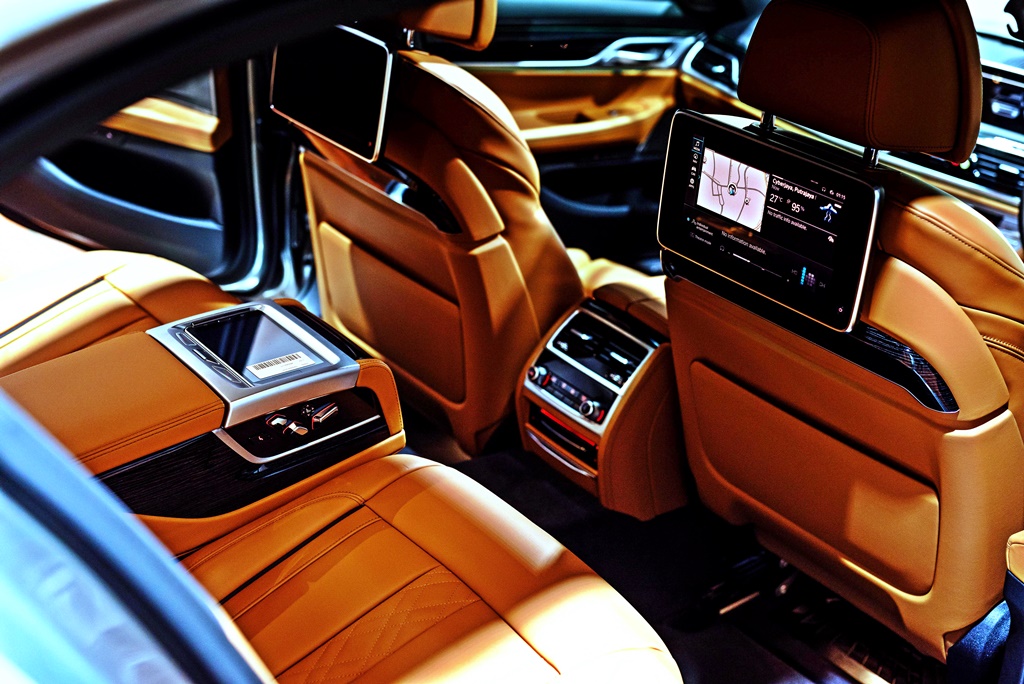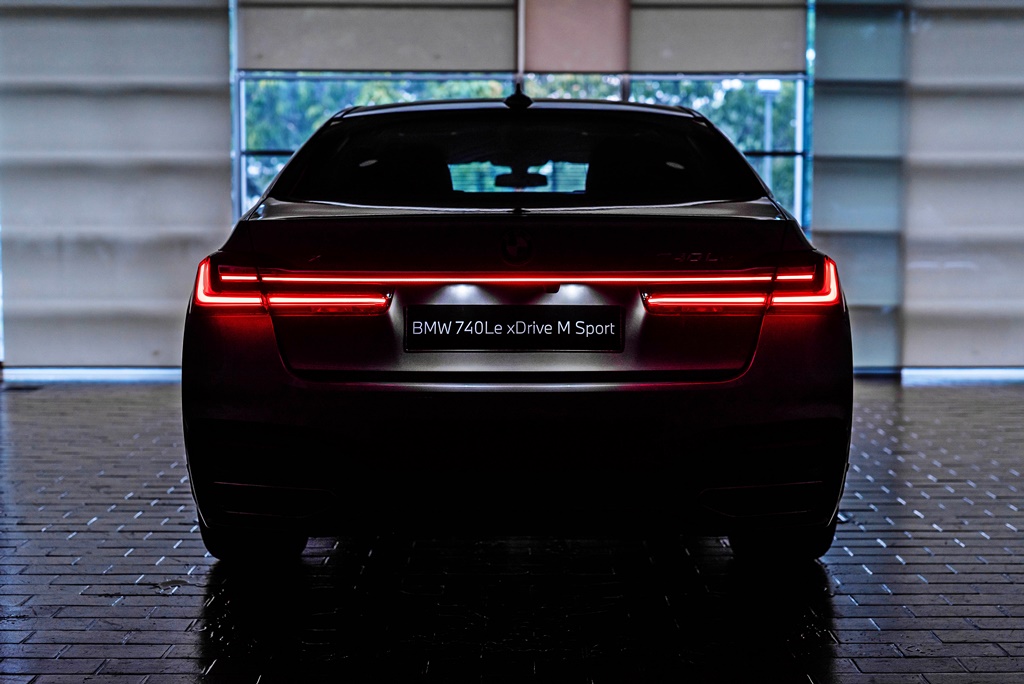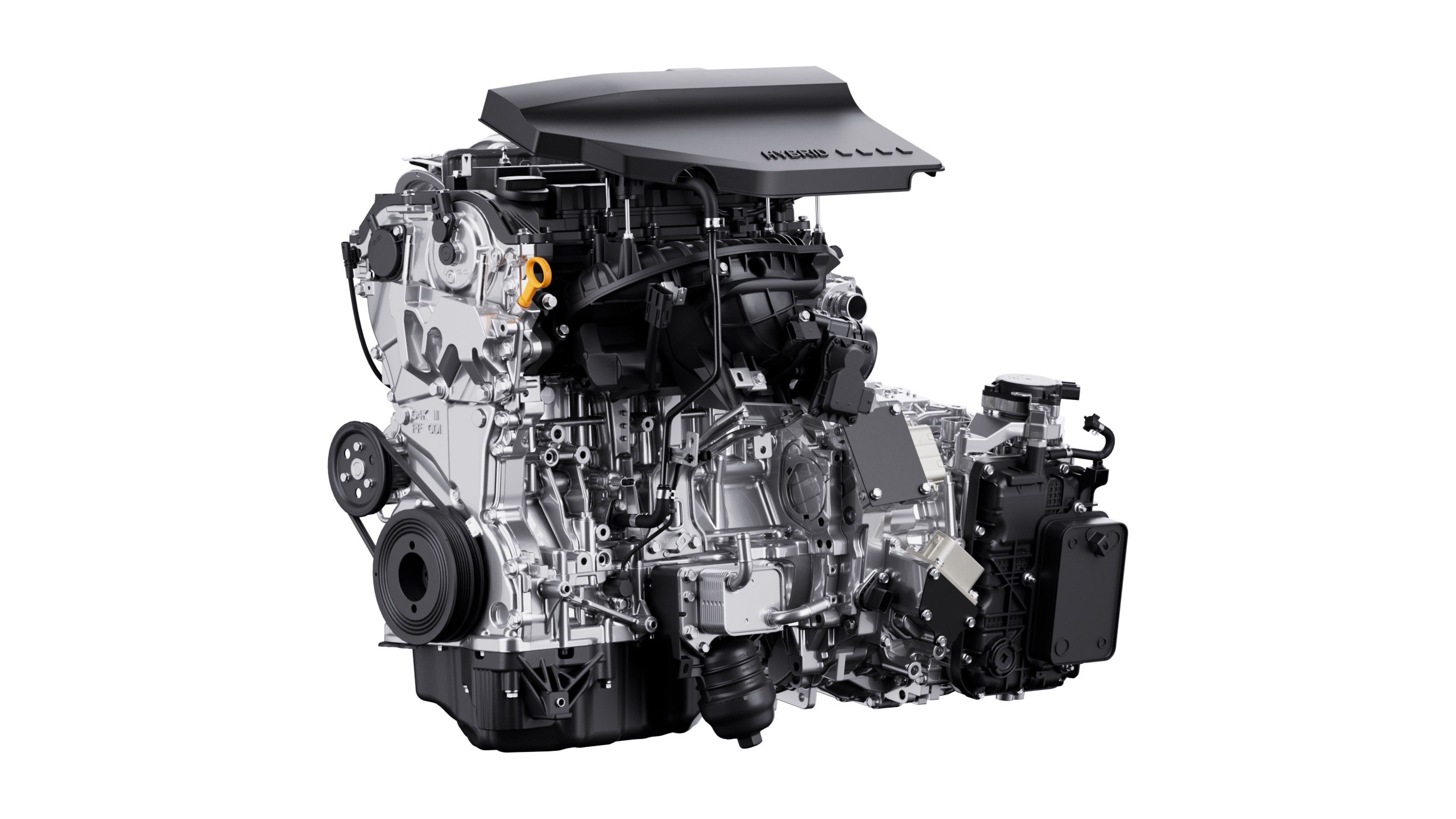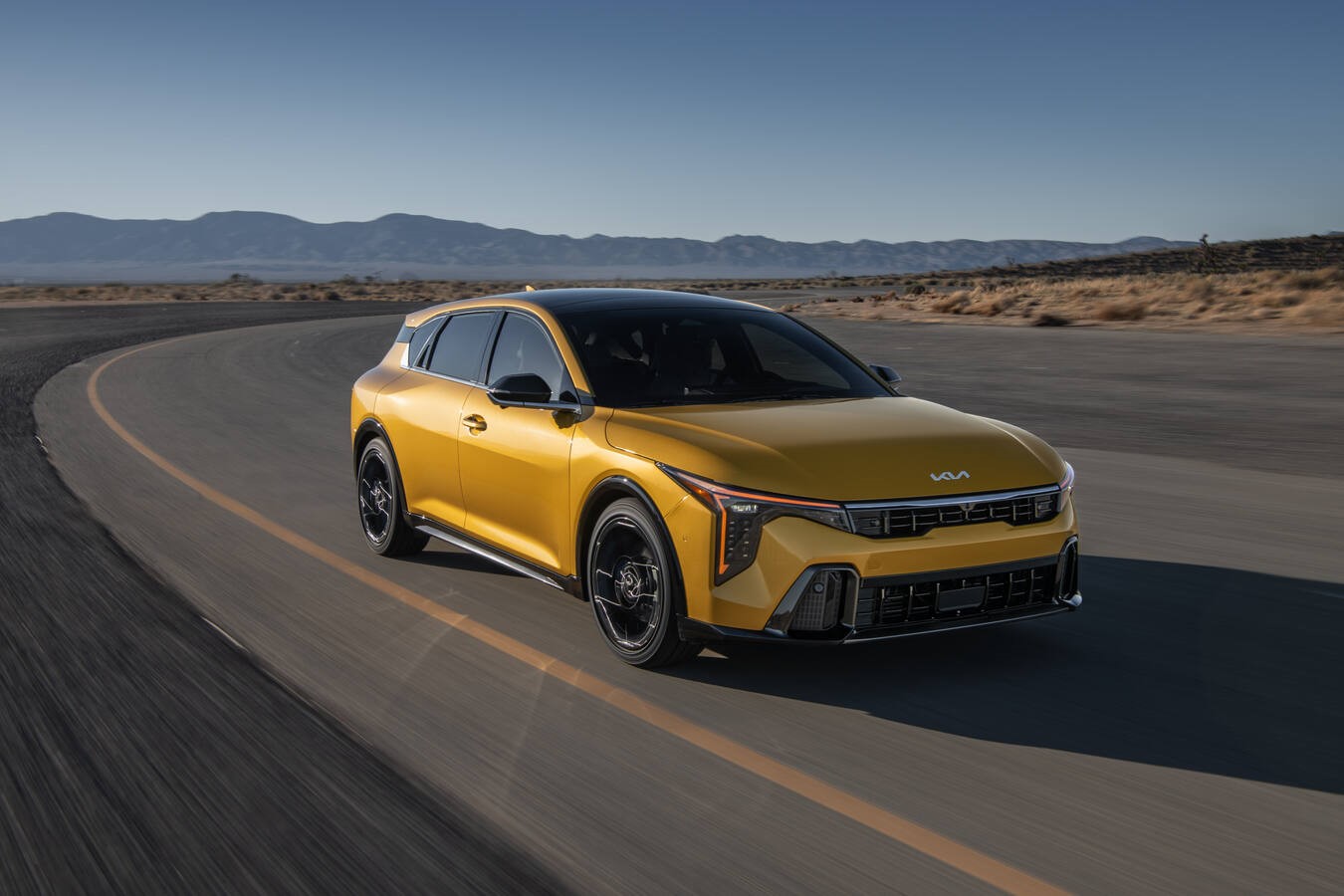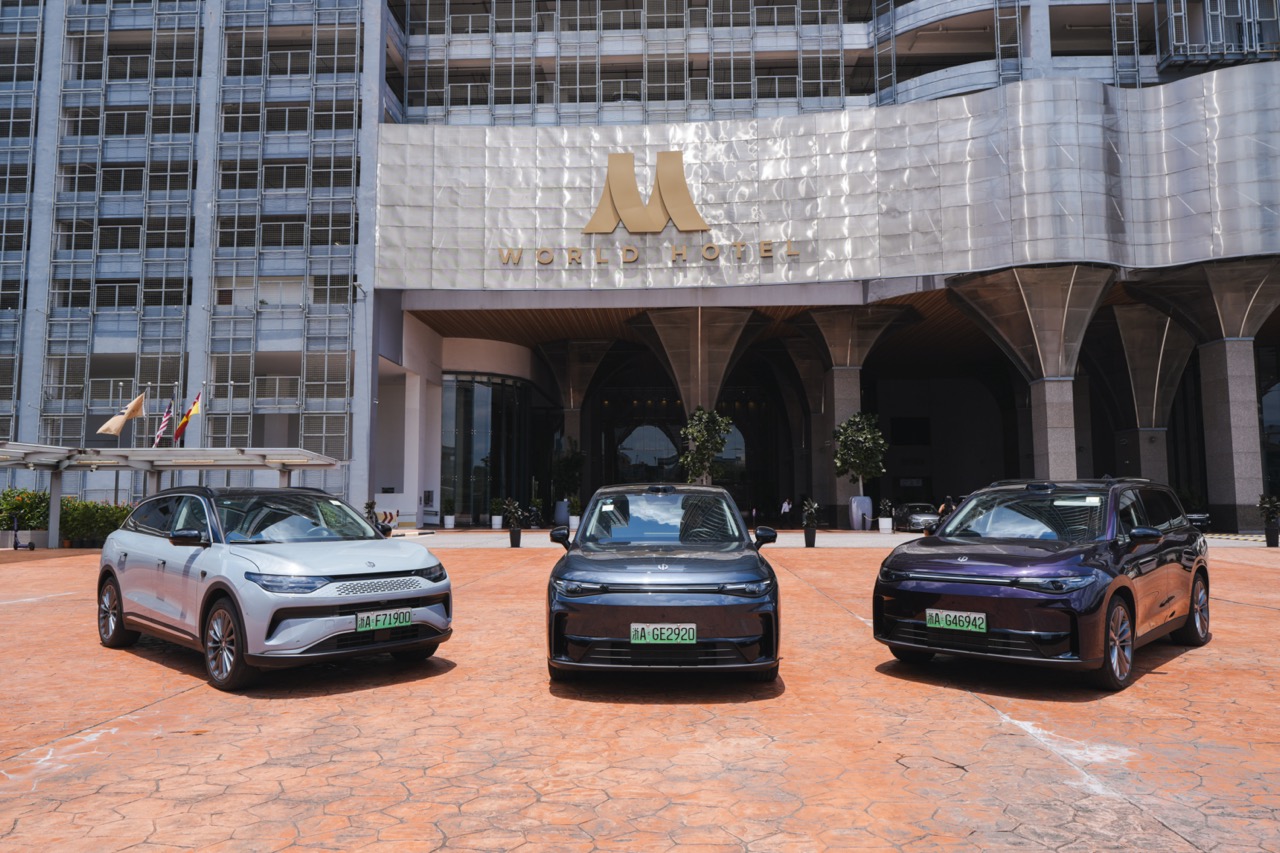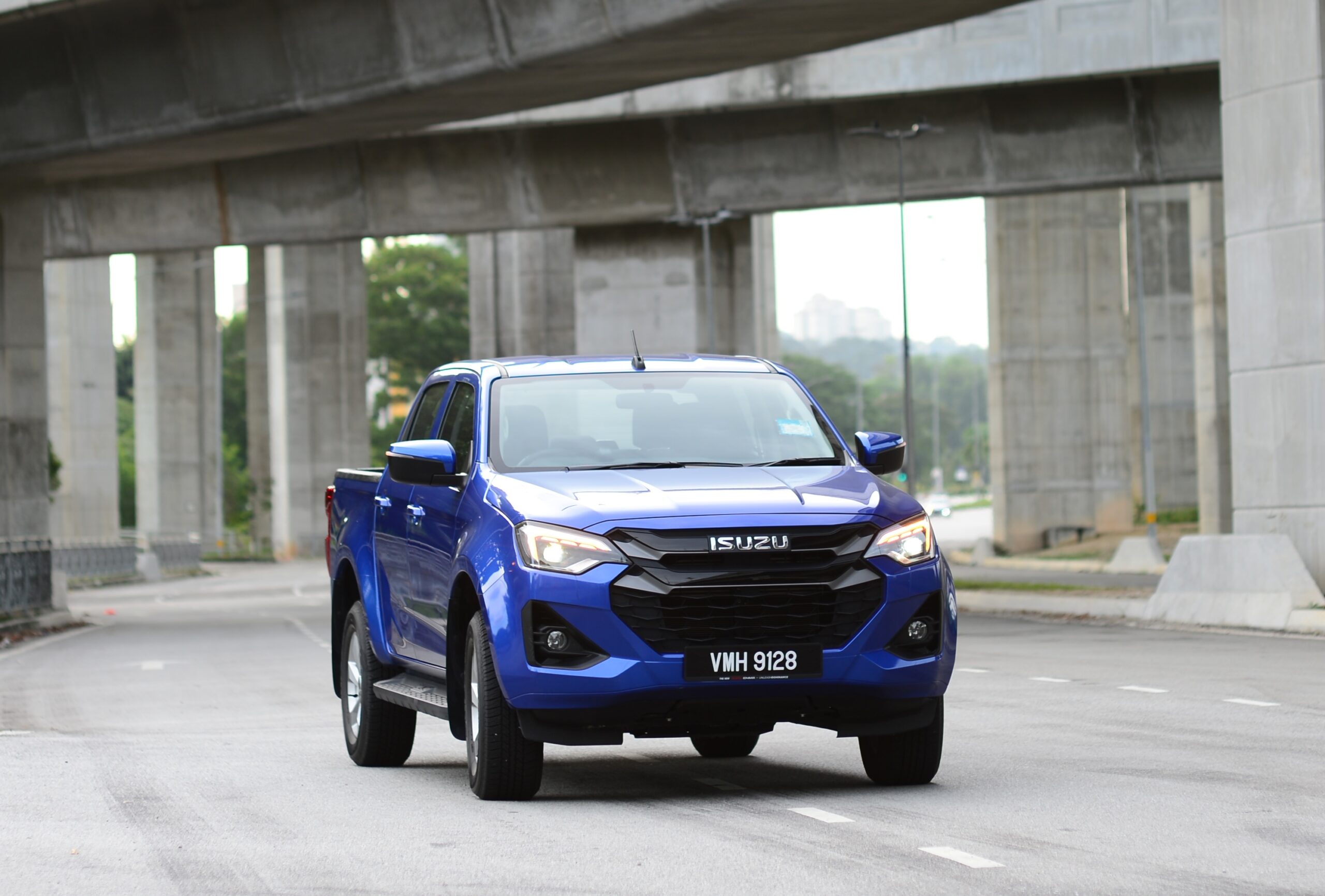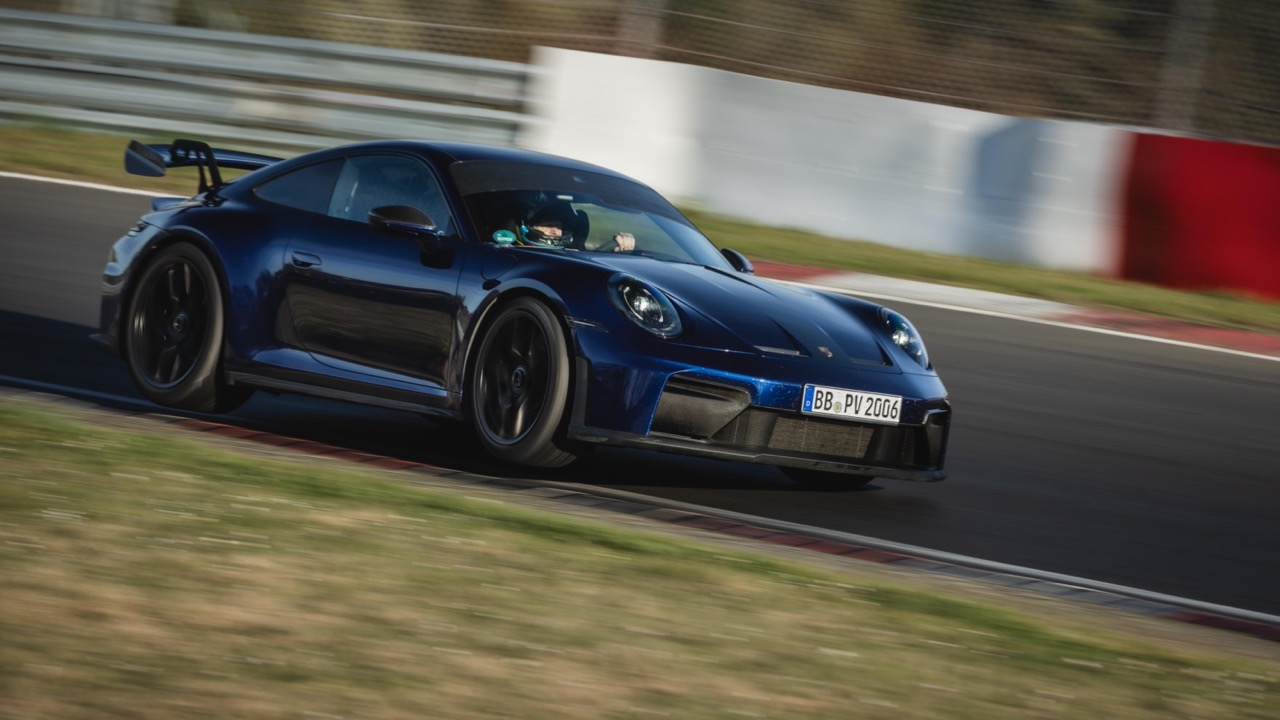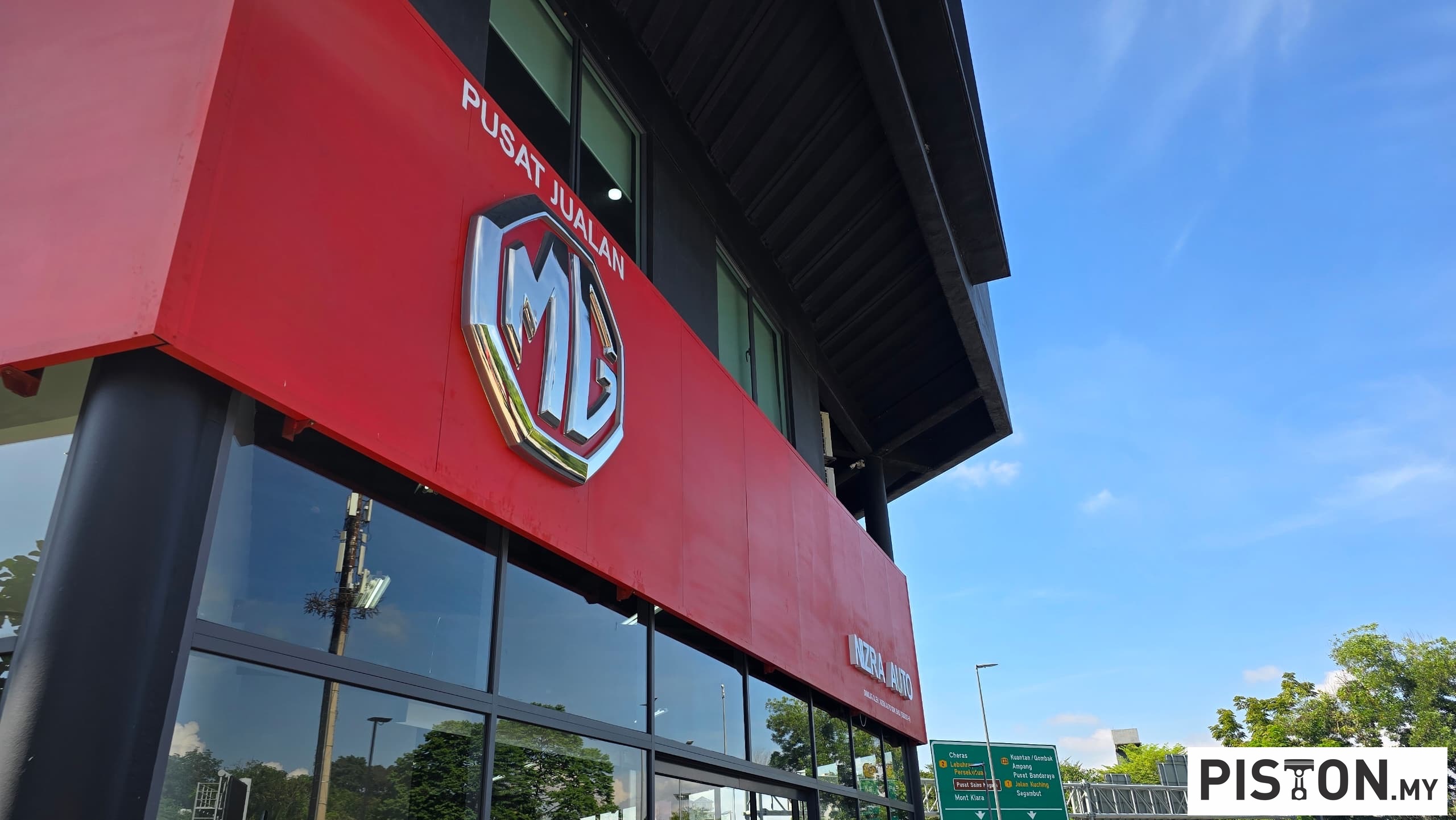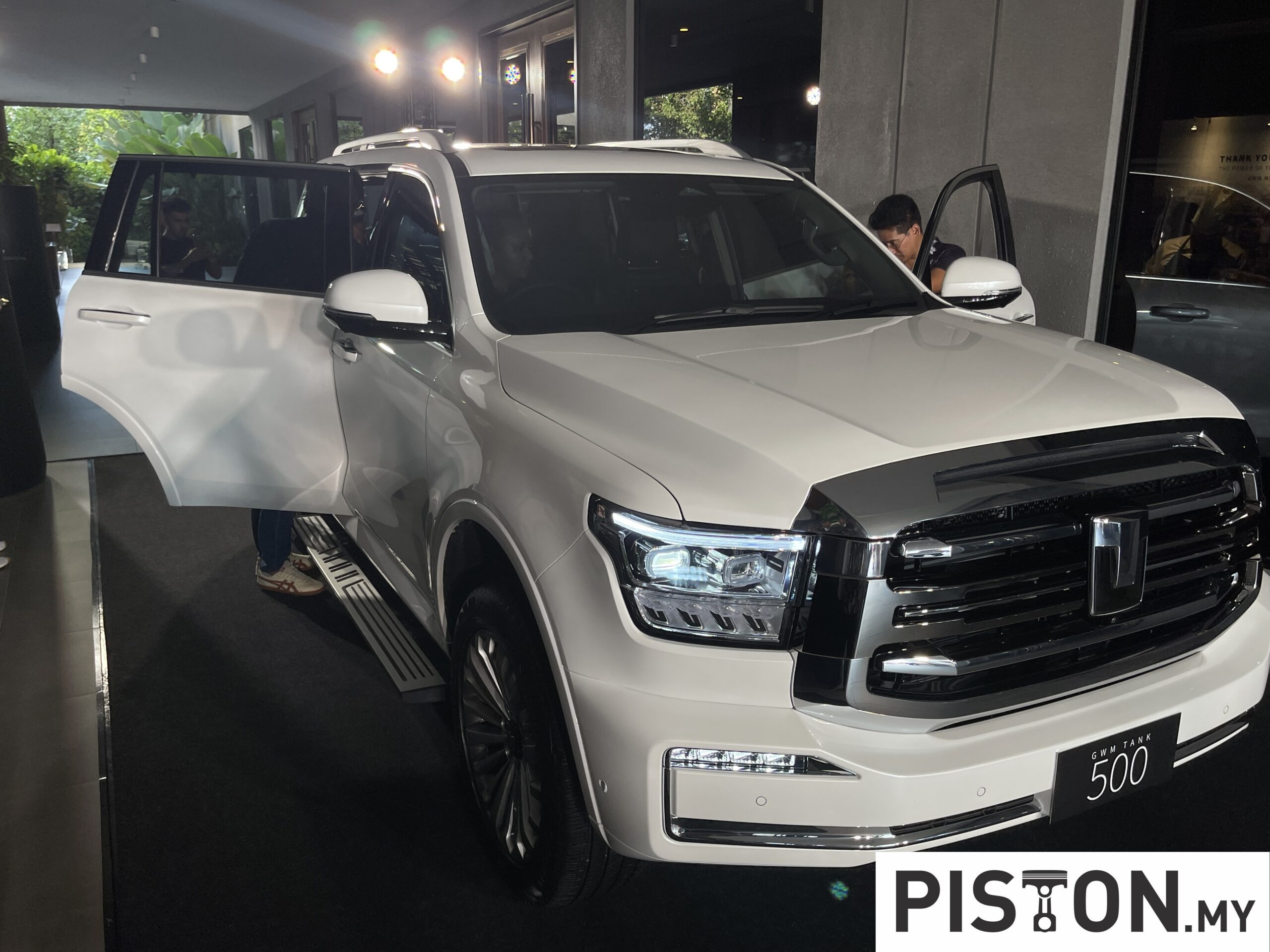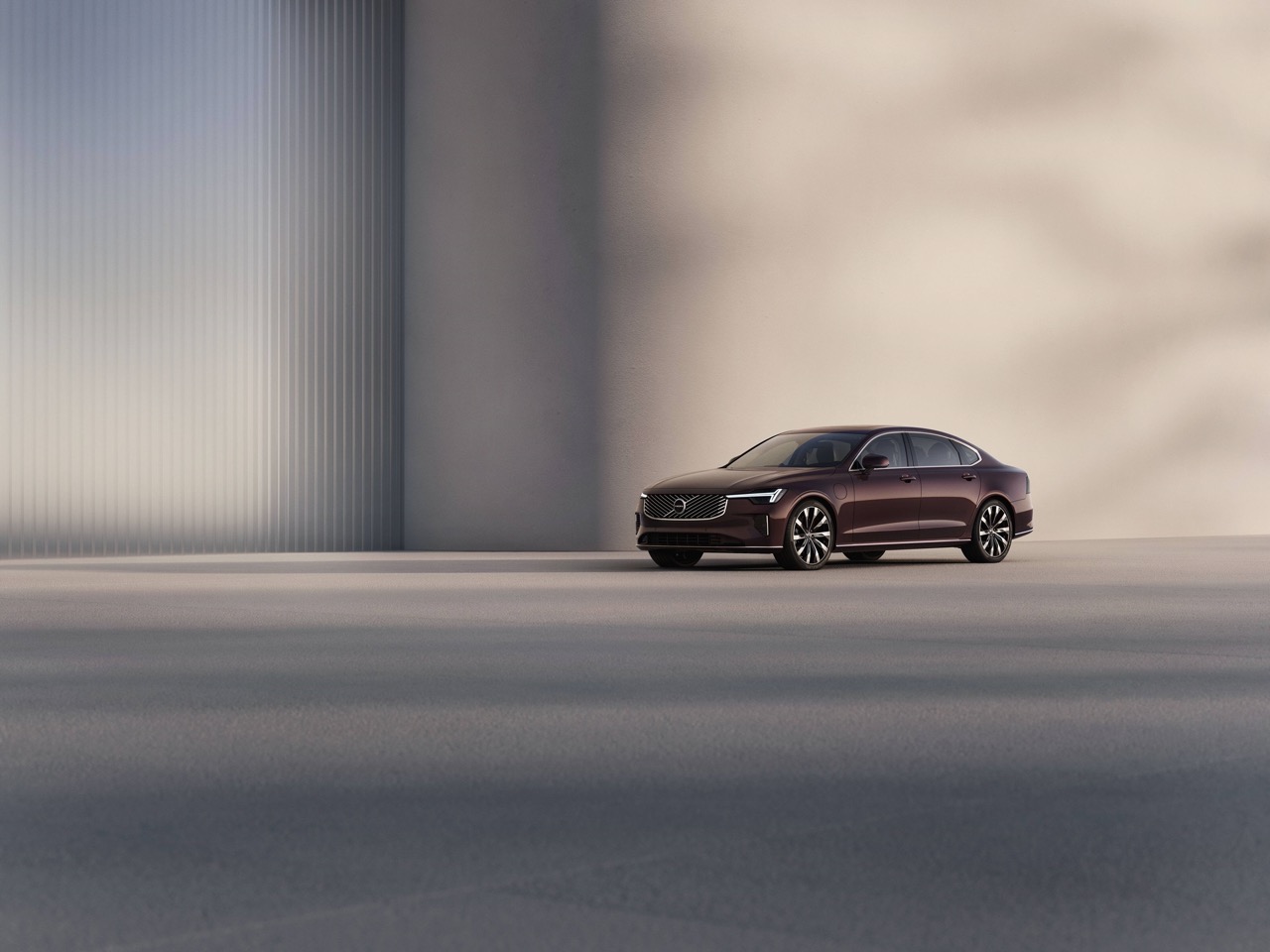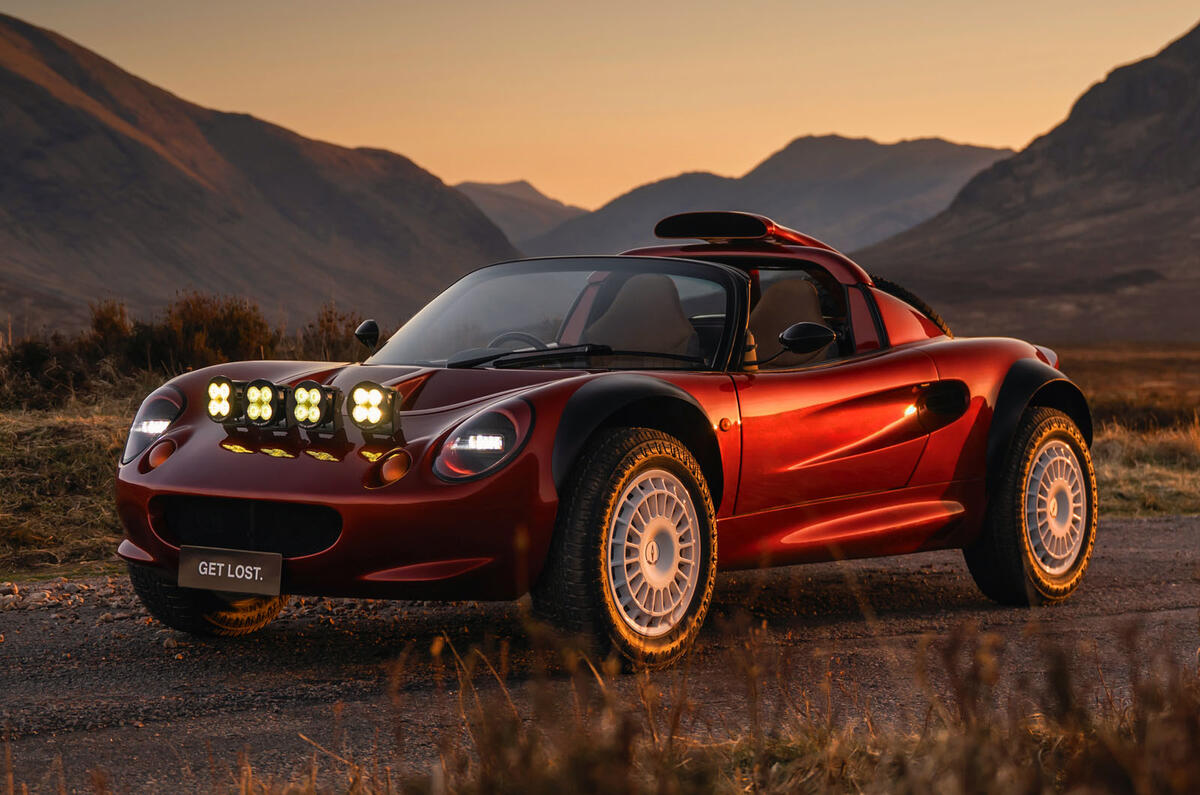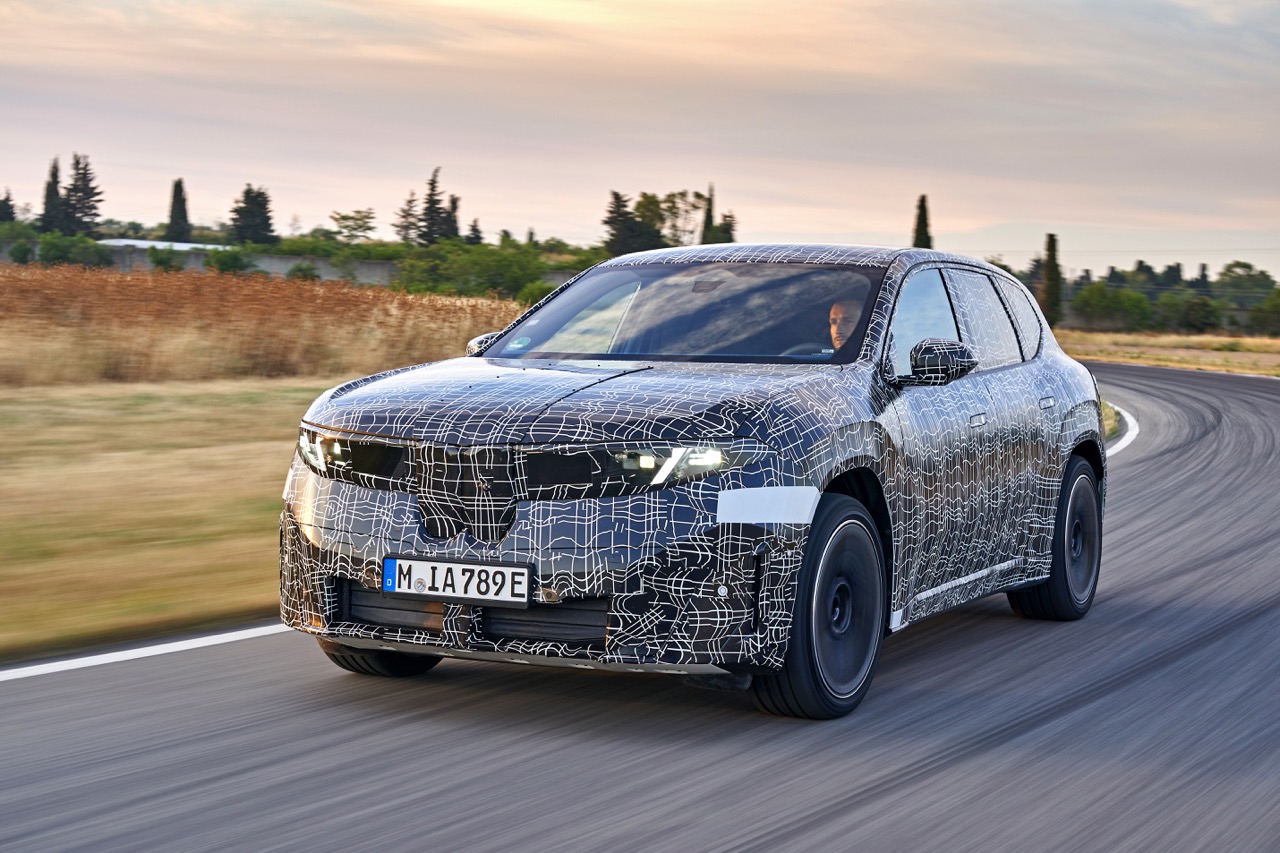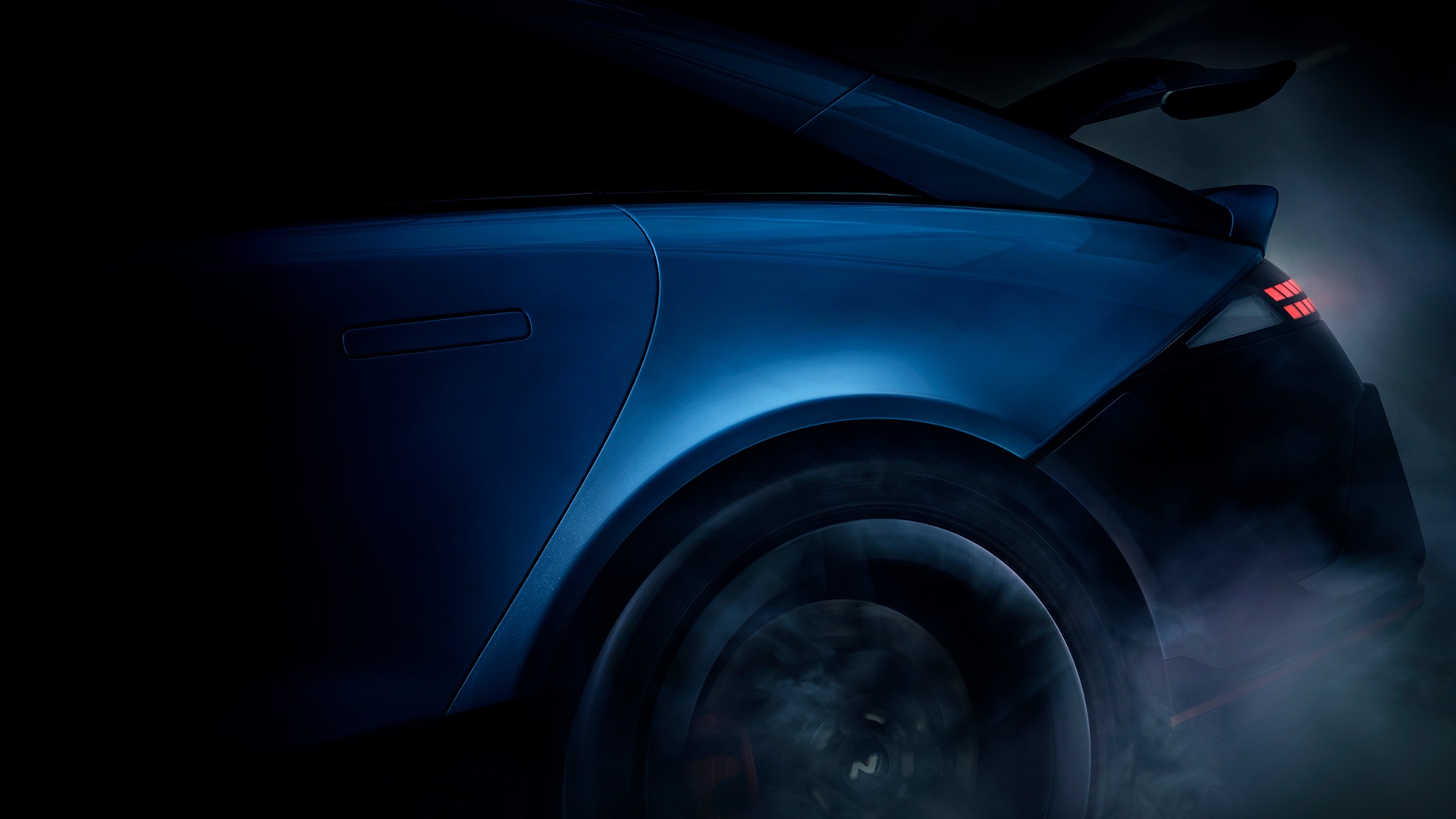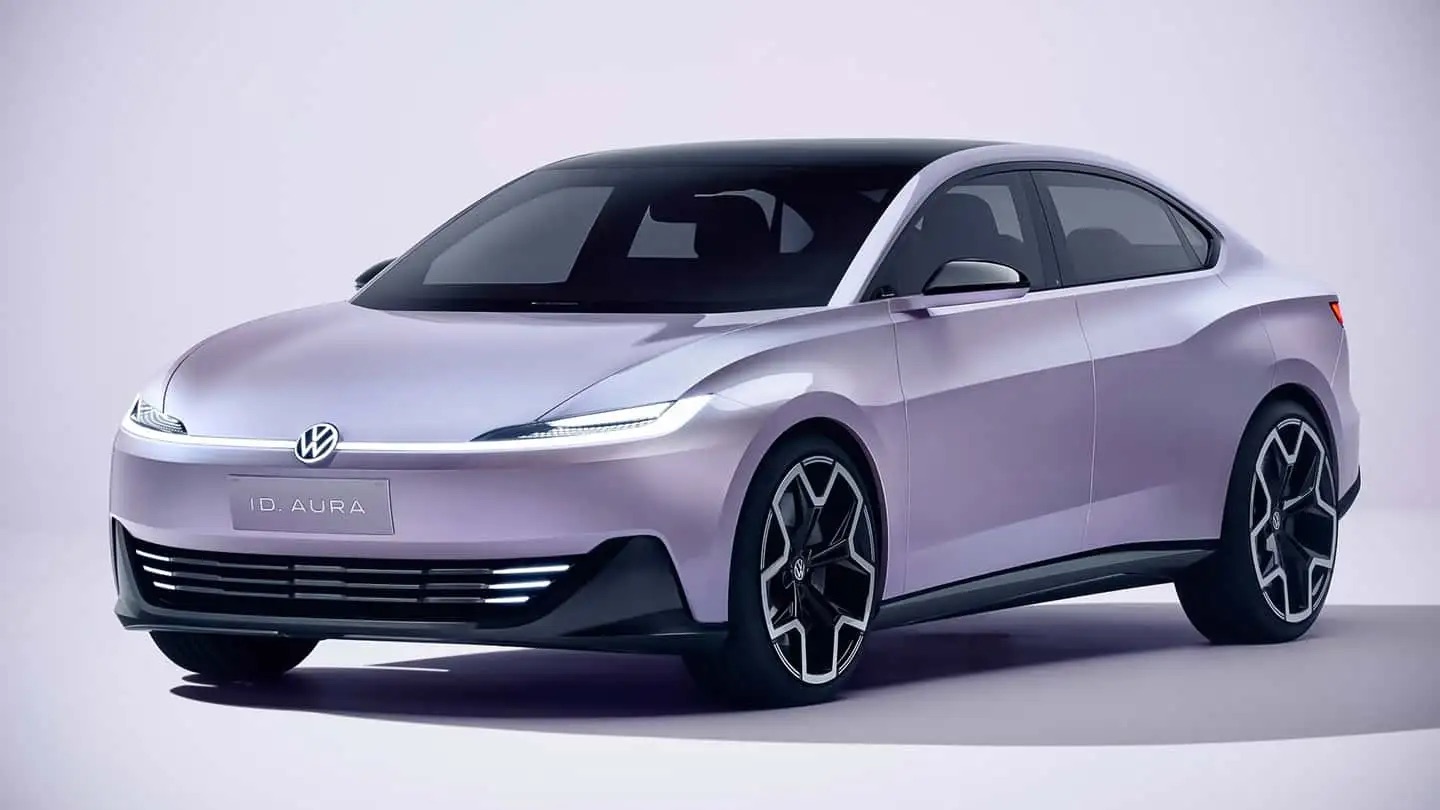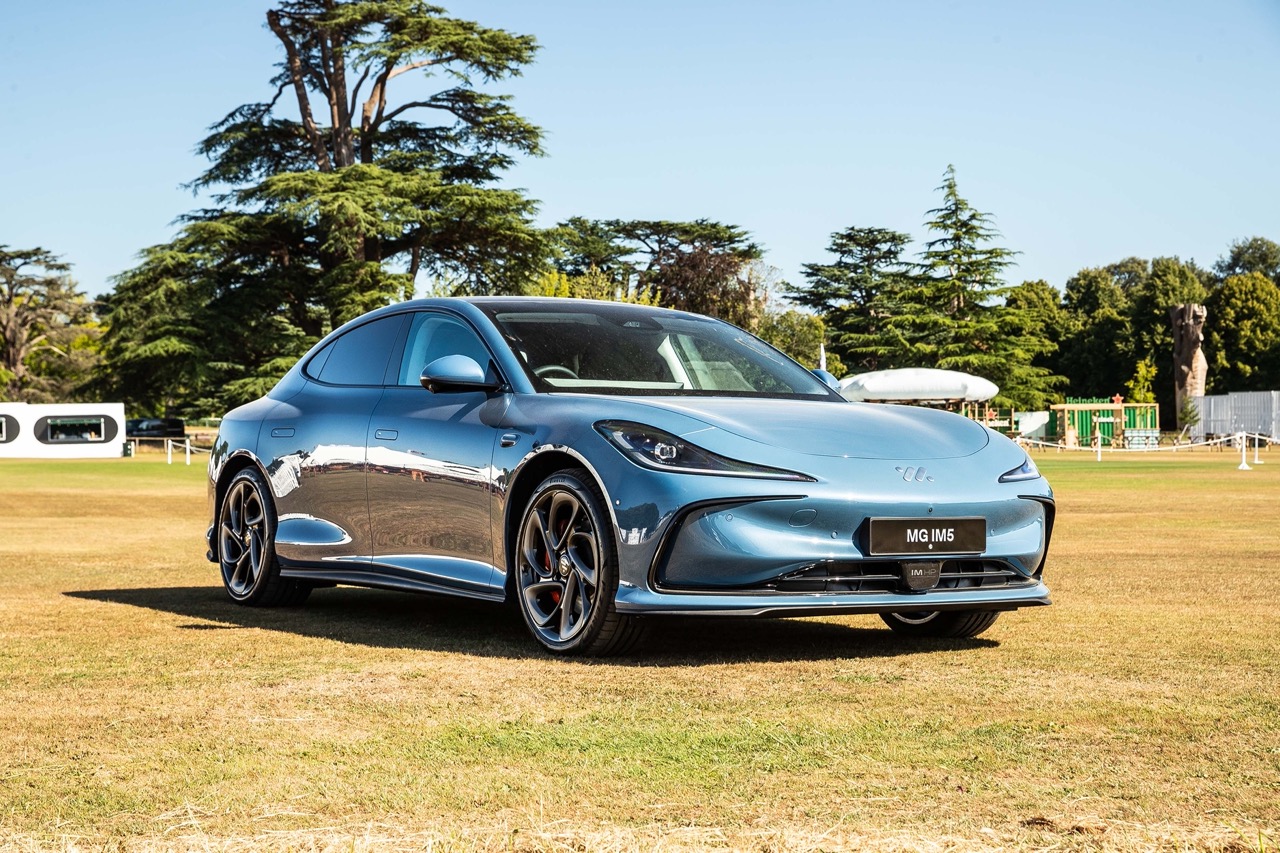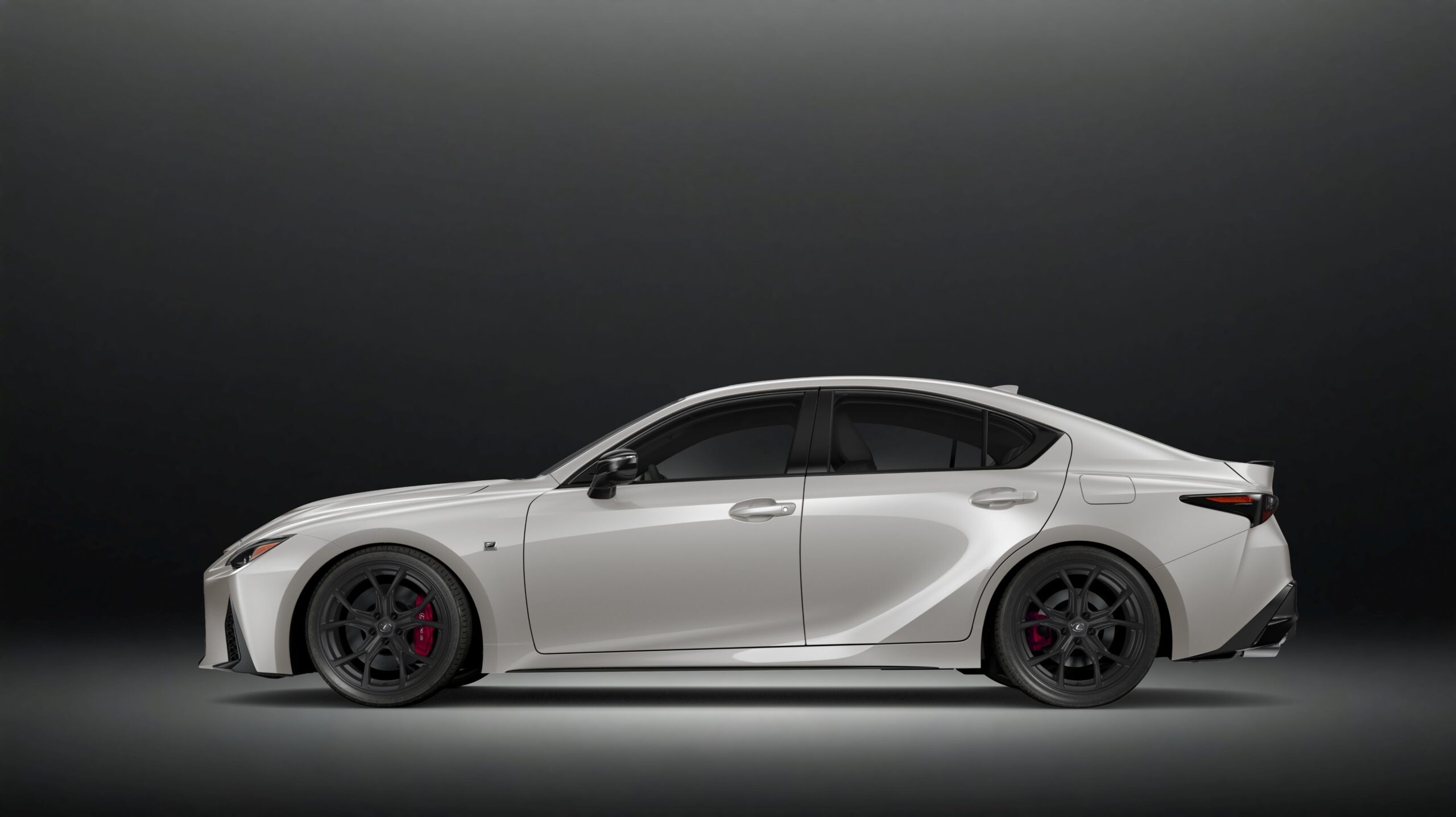
The Ford F-Series pick-up truck has been America’s best-selling vehicle since the 1970s, and though it is hardly seen outside North America, it has also been among the bestselling vehicles in the world due to the sheer numbers with over 1 million sold in 2018.
The success of the F-Series can be attributed to many decades of experience in making such vehicles. As far back as 1917, Henry Ford produced the Model TT which would be the first pick-up truck although it was essentially a Model T with a truck bed attached behind.
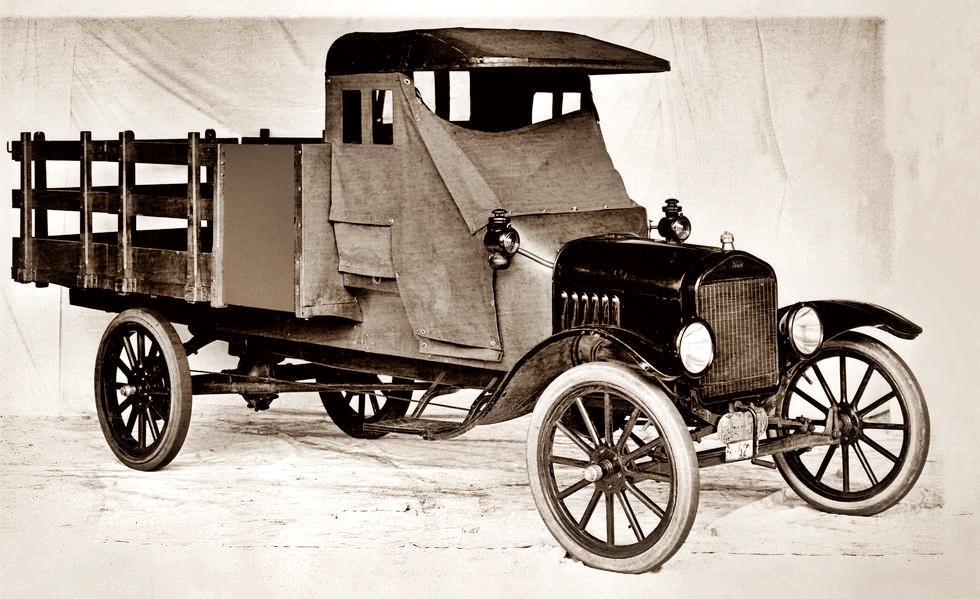
‘Serious capable, purpose-built tool’
Just over a hundred years later, as the electric era dawns, Ford will offer a fully-electric F-Series model which it says ‘will be a seriously capable, purpose-built tool for serious truck customers. Besides new technology, the electric F-150 Lightning (as it will be known) will also be able to serve as a mobile power generator. It will be able to supply electricity at campsites or construction sites, or even disaster-struck areas.
Prototypes have been undergoing tens of thousands of hours of torture testing and targeting millions of kilometres of driving – simulated, laboratory and real-world. The dual electric motor powertrain will deliver more horsepower and torque than any F-150 available today, which means faster acceleration than what F-Series owners have been used to.
Lower operating and running costs
F-Series truck powertrains typically have large displacements – even the smallest has been 2.7 litres – and that has obviously meant high fuel consumption. With the F-150 Lighting which offers higher performance, including strong towing capability, there will be no such consumption penalty at all. Furthermore, Ford claims that it will have the lowest expected lifetime total cost of operation among F-Series trucks with less maintenance than a typical petrol engine.
“Every so often, a new vehicle comes along that disrupts the status quo and changes the game… Model T, Mustang, Prius, Model 3. Now comes the F-150 Lightning,” said Ford President & CEO, Jim Farley. “America’s favourite vehicle for nearly half a century is going digital and fully electric. F-150 Lightning can power your home during an outage; it’s even quicker than the original F-150 Lightning performance truck; and it will constantly improve through over-the-air updates.”
The new F-150 Lightning will be unveiled at Ford World Headquarters in Dearborn on the night of May 19 (morning of May 20 in Malaysia) and the event will be broadcast live online.
An earlier Ford pick-up EV
While the F-150 Lightning is a significant new development, it is not Ford’s first electric pick-up. Back in the late 1990s, when the company had brief burst of EV activity, it engineered a Ranger to be powered by electric motors. The battery packs were initially heavy lead-acid types and then switched to nickel-metal hydride, and factory testing showed that a range of up to 132 kms was possible.
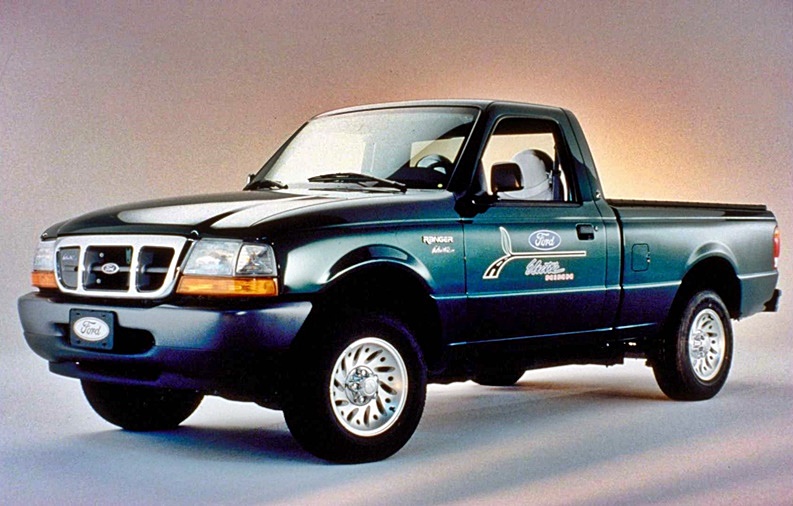
The Ranger EV was produced between 1998 and 2002 and was leased instead of sold. As interest in EVs faded, Ford didn’t make plans to follow up on the Ranger EV and instead focussed on developing EcoBoost technology for combustion engines.
To know more about today’s Ranger, visit www.sdacford.com.my.
Ford wins both 2021 Green Car of the Year and Green Truck of the Year Awards




